One of the scariest cinema-going experiences of our entire lives, 1999’s The Blair Witch Project made us feel like we were in the woods alongside the three terrified documentary filmmakers. It’s since become an independent horror classic, and popularised the found footage style of filmmaking – but do you know the true story behind the film’s production?
20. The dialogue was completely improvised
Although The Blair Witch Project’s writers, directors and editors Daniel Myrick and Eduardo Sánchez did pen a screenplay for the movie, it was only 35 pages long.
[rtk_adunit_top]
In fact, it wasn’t even a screenplay in the traditional sense, and more concerned the mythology behind the storyline. Myrick and Sánchez planned for most of the movie’s dialogue to be improvised by the three main actors.
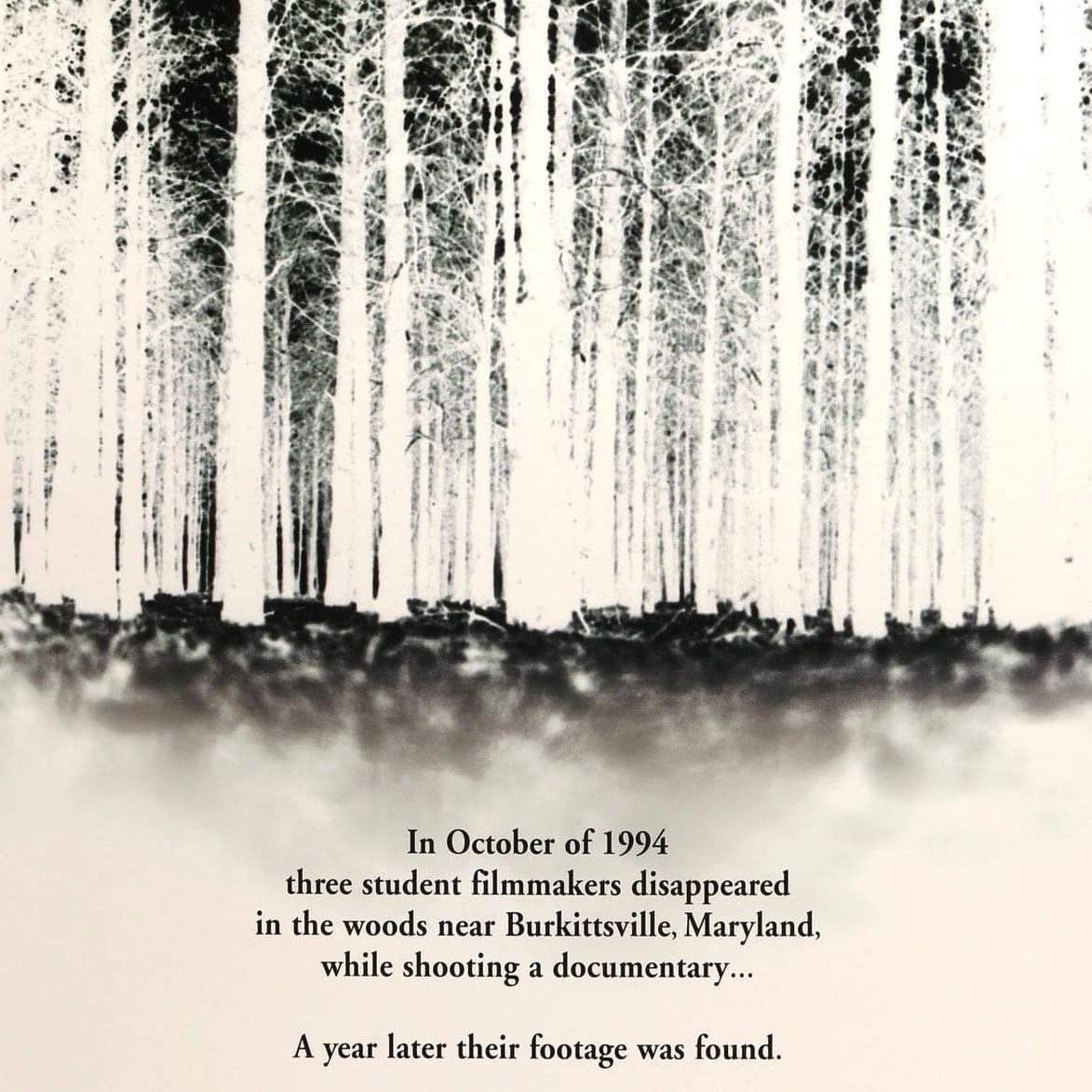
Around 20 hours of footage was filmed, which was later edited down to 82 minutes. It took only eight days to film the entire feature, though it would take eight months to edit down the footage into the film we know today.
[rtk_adunit_middle]
The directors knew that improvisation would form the backbone of their film, and included it in their creative process as far back as the auditions.
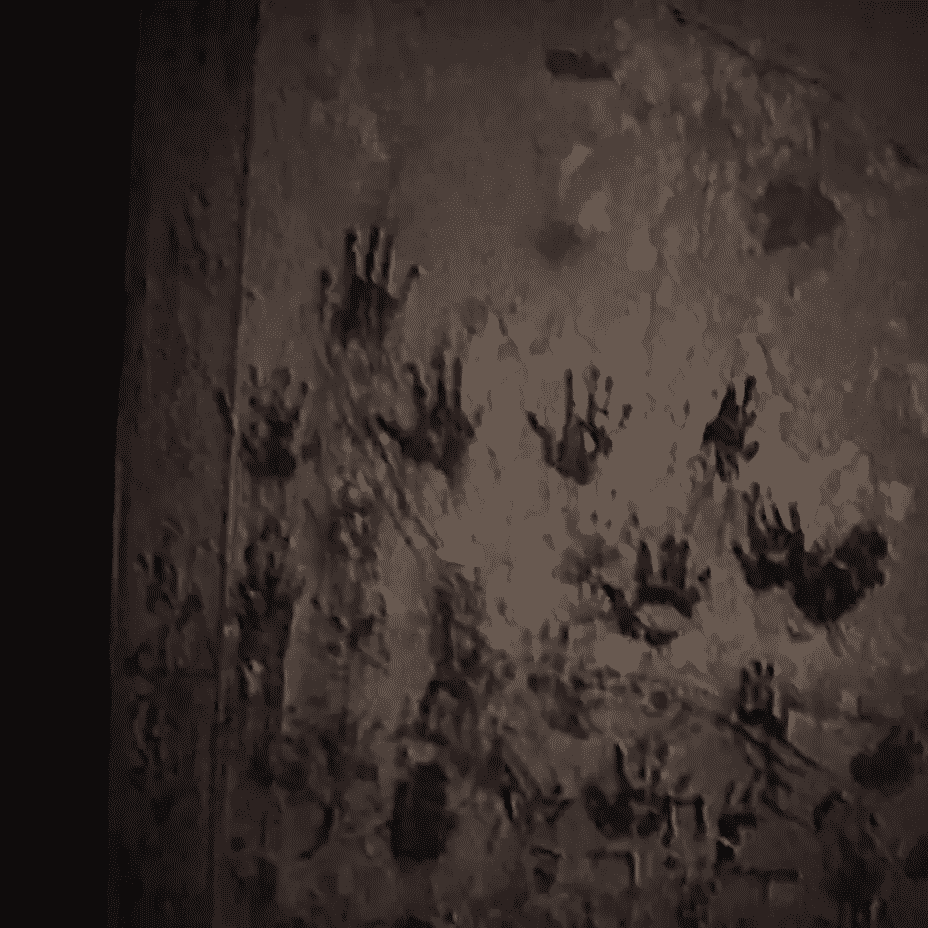
Candidates for the role would enter the room and be immediately asked to improvise a scene in which they’re at a parole hearing. “You’ve just served 10 years of a 25 year prison sentence,” the directors would ask. “Tell us why you should be due for parole.”
[rtk_adunit_bottom]
If they couldn’t answer, or do so in a convincing way, the audition would be over. Heather Donahue’s response was “I don’t think I should be,” which the directors found an interesting angle on the scene.
19. The filmmakers made a documentary about the ‘real-life’ Blair Witch just to promote the film
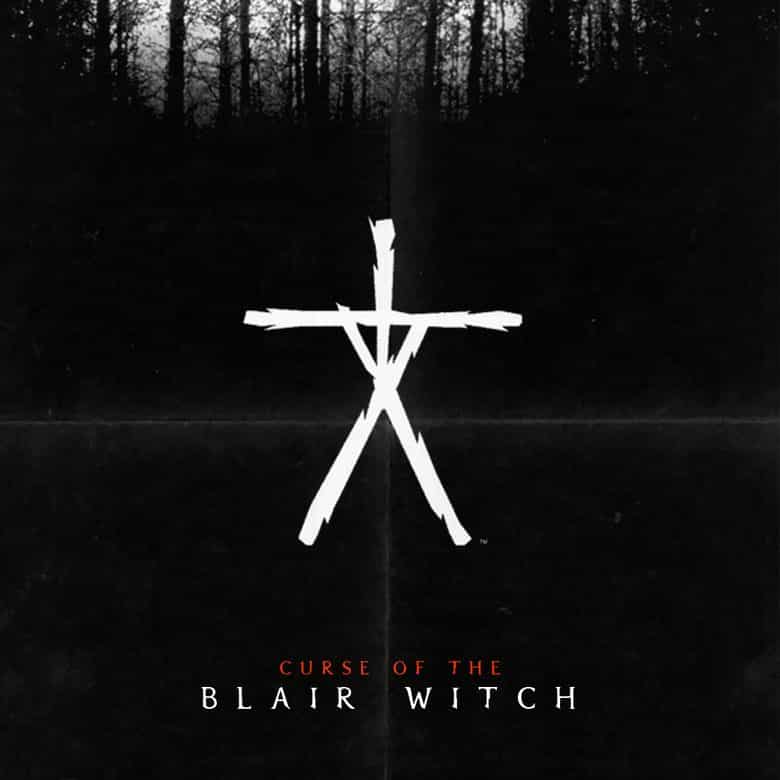
Everyone has heard of The Blair Witch Project, but have you heard about the fake documentary that released earlier that year to set the foundations for the film?
[rtk_adunit_top]
Curse of the Blair Witch is effectively a lengthy trailer (45 minutes long) that never claims it’s a trailer, much in the same way that the film doesn’t divulge whether it’s fact or fiction until the very end.
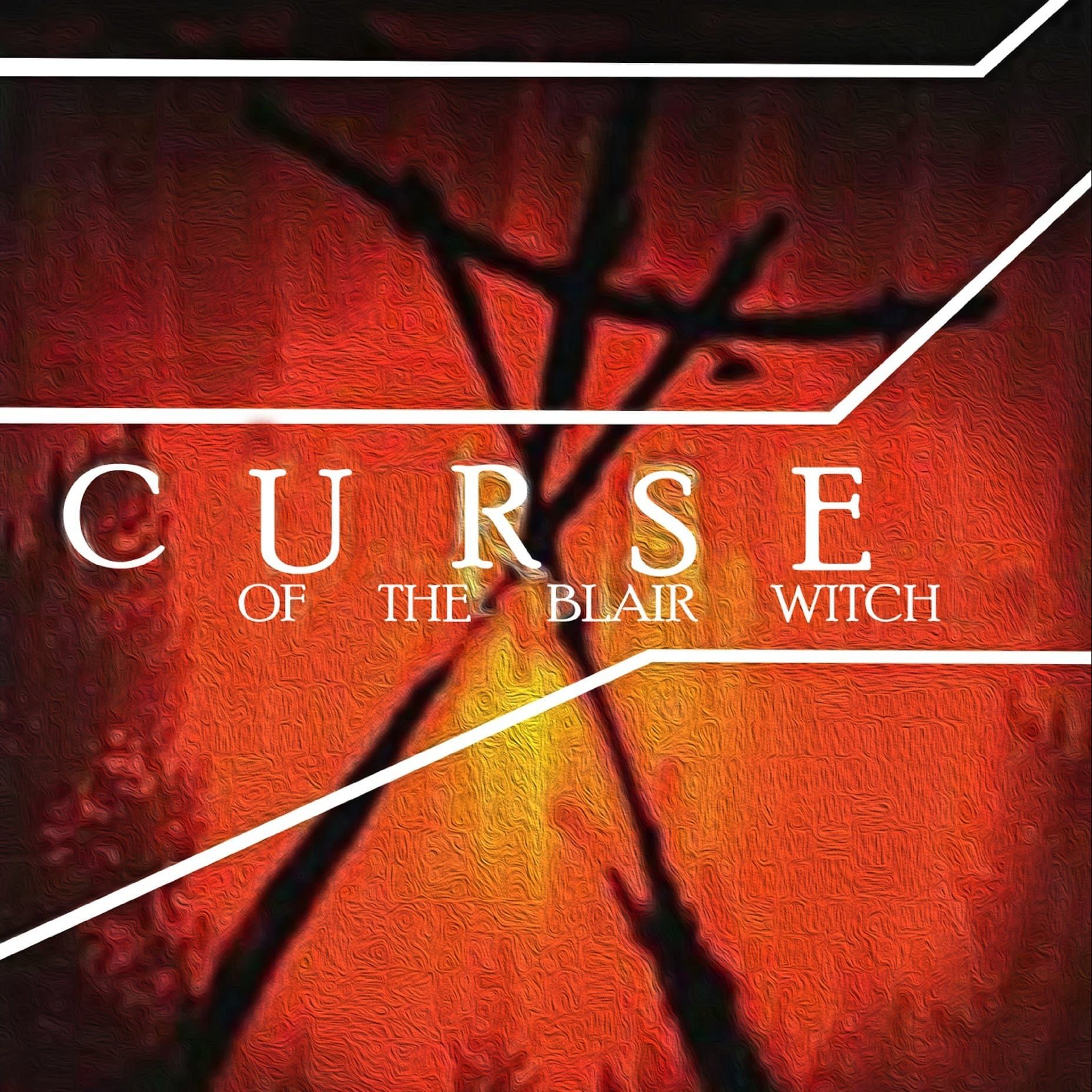
Featuring faked news footage and archival film clips, the documentary even goes meta and includes clips from another fake documentary that supposedly aired in the 1970s called Mystic Occurrences, suggesting that the Blair Witch has some real historical heft to it.
[rtk_adunit_middle]
When Curse of the Blair Witch was aired on the Sci-Fi channel, thousands of uninitiated viewers were left believing that the Blair Witch legend was for real.

An important function of Curse of the Blair Witch is to clarify the ending of the main film, establishing the figure of Rustin Parr.
[rtk_adunit_bottom]
As viewers of the film may recall, Parr had killed seven children at the behest of the Blair Witch, forcing another child to stand in the corner while he did it.
18. The studio tried to change the ending
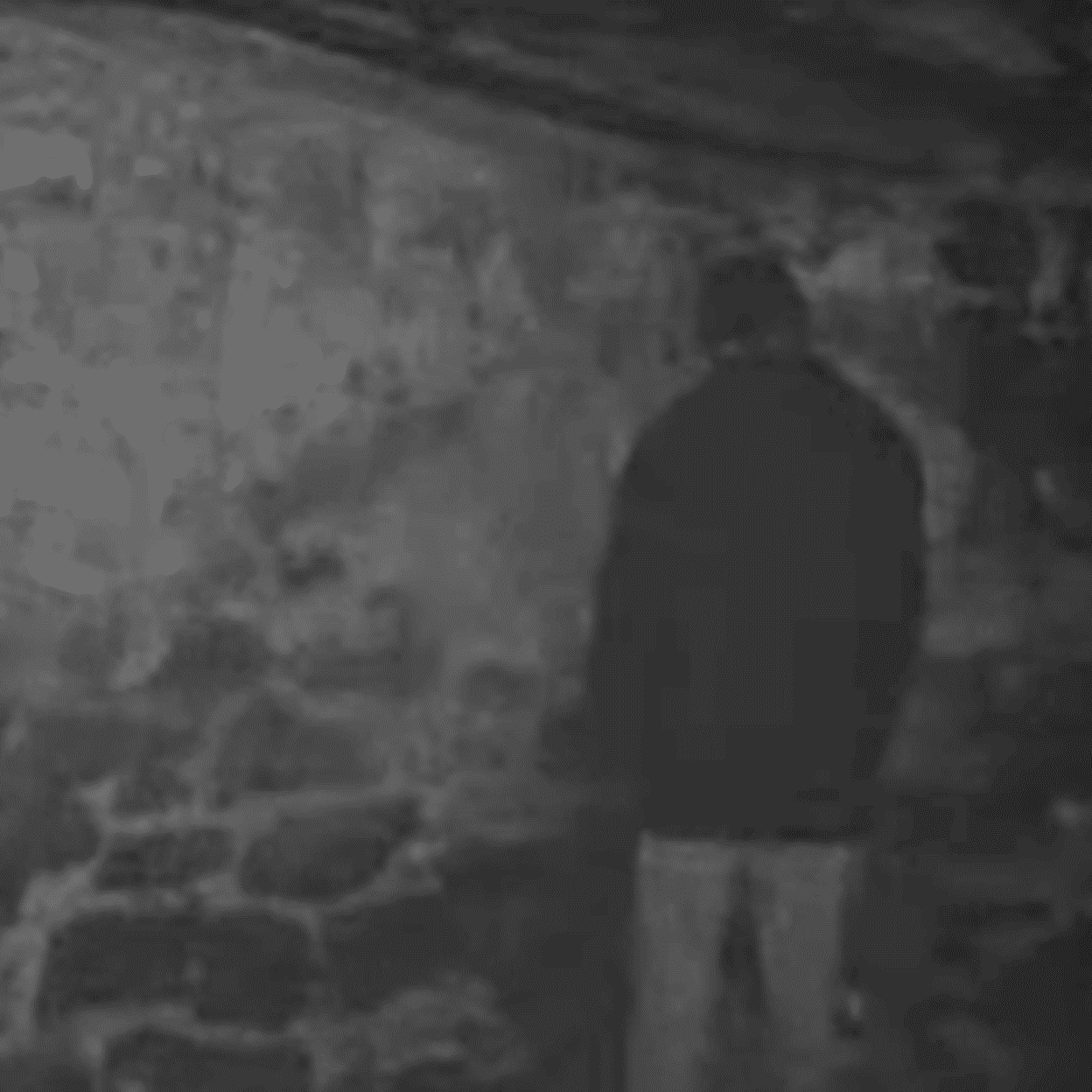
An especially divisive point of The Blair Witch Project is its ending, which is both iconic and utterly inconclusive: Heather finds Mike standing in the corner, something hits her out of shot, the camera falls to the ground – and then, silence.
[rtk_adunit_top]
However, the ending wasn’t always going to be this way. When the film was screened in front of test audiences, they were appropriately scared but left feeling confused and unfulfilled by the climax.
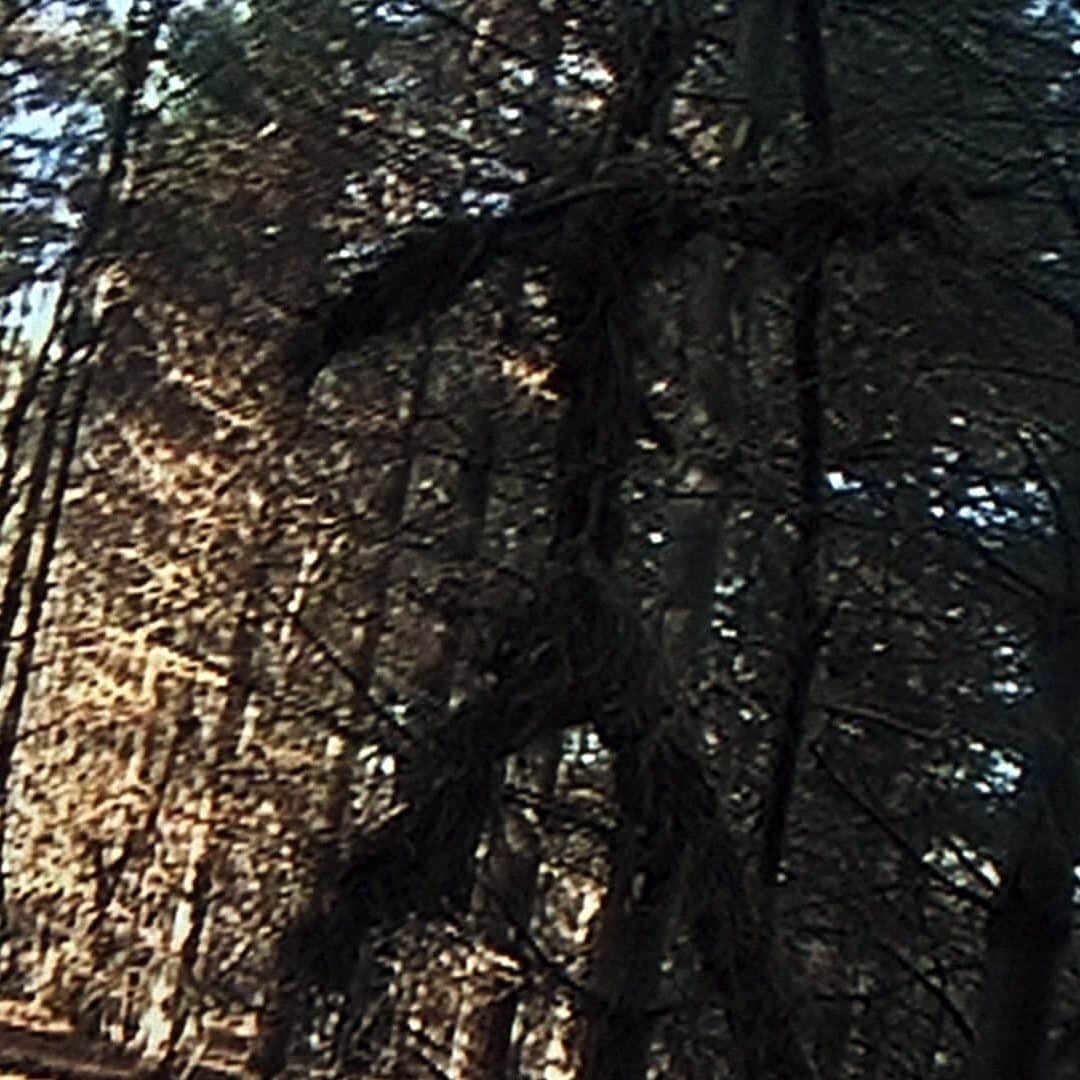
Due to these criticisms, the studio afforded Sánchez and Myrick an increased budget to reshoot the ending: $80,000.
[rtk_adunit_middle]
Multiple endings were attempted, including Mike being hanged from a noose, crucified to a larger stick figure, and appearing with a bloodied chest.
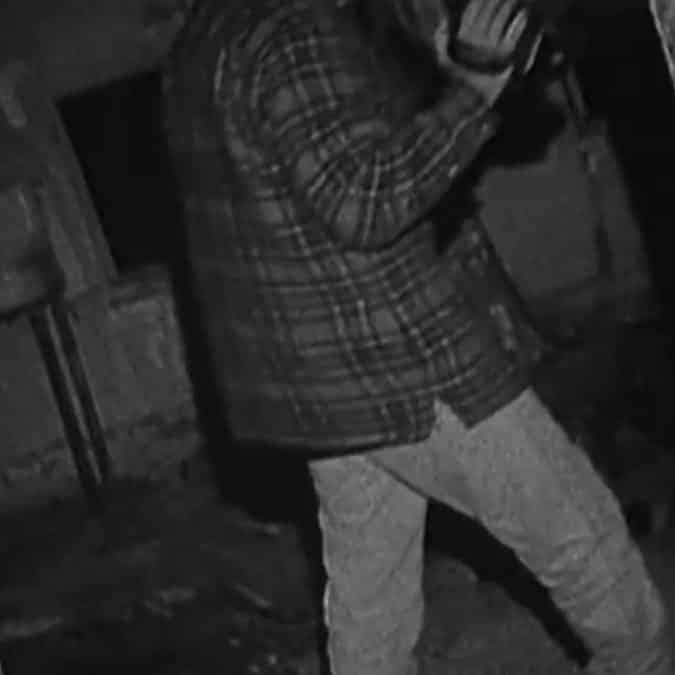
Ultimately, however, the filmmakers returned to their original ambiguous ending, and filmed an additional interview scene to explain Rustin Parr’s ritual.
[rtk_adunit_bottom]
On bringing back the same ending, they were reluctantly given the go-ahead, though the directors recall being told by studio executives, “you’ve just cost us millions at the box office.” How wrong they were!
17. The film made 416 times its original budget back at the box office

The Blair Witch Project cost a tiny $60,000 to make, and returned a phenomenal $248 million at the box office.
[rtk_adunit_top]
For a time, the film was included in the Guinness Book of World Records for ‘Top Budget: Box Office Ratio’, with every dollar spent returning $10,931.

It held the record for the highest-grossing independent movie of all time until it was beaten by My Big Fat Greek Wedding (2002), which grossed $368.7 million, albeit from a far larger $5 million budget.
[rtk_adunit_middle]
Marketing and some reshoots did increase the costs of the film, but these had little impact on the colossal profits made from the film.
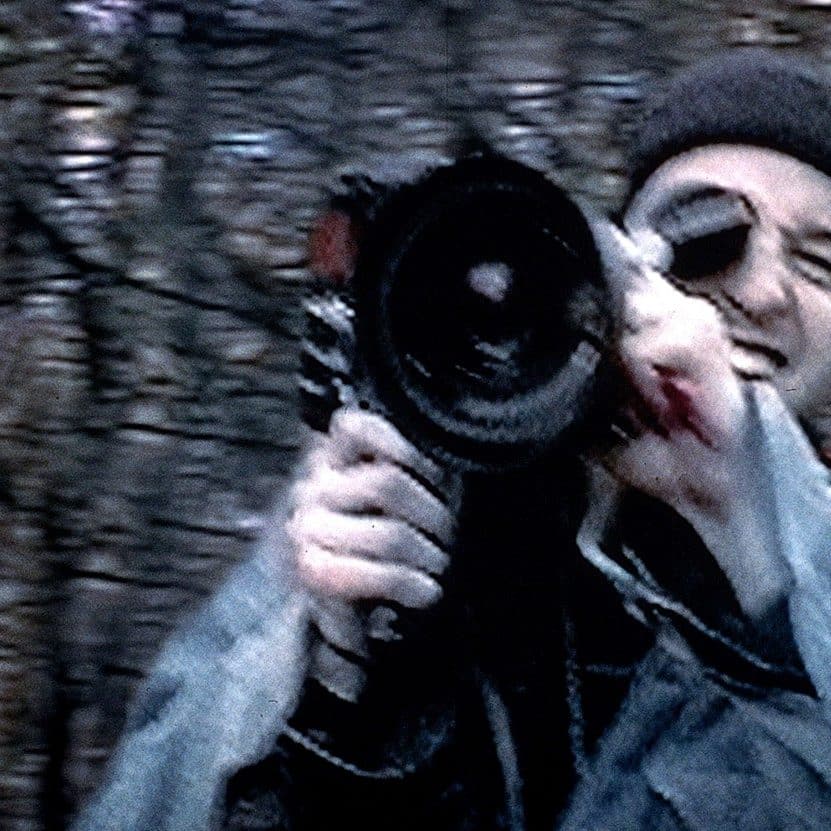
Despite the eventual success of the film, all Myrick and Sánchez had originally hoped for was that the film would make enough money for them to continue their filmmaking careers.
[rtk_adunit_bottom]
As such, pennies were pinched during production, with the cameras they used either being returned once the eight-day shoot was complete, or being sold on eBay to recoup some costs.
16. Josh was killed off early because the actor kept fighting with Heather Donahue
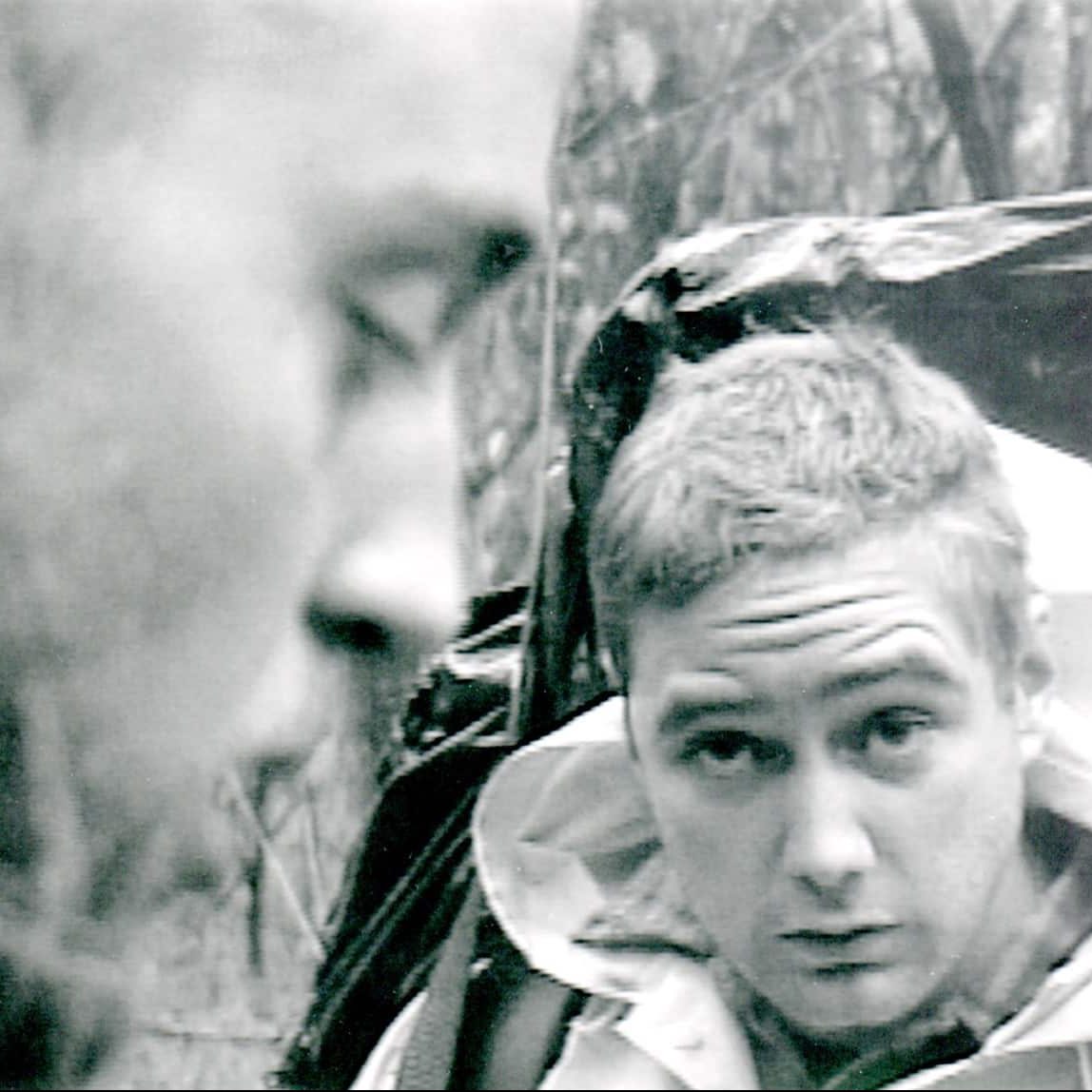
It wasn’t just The Blair Witch Project’s actors who were improvising: directorial decisions were often made on the fly too.
[rtk_adunit_top]
Originally, Mike was going to disappear towards the end, whereas in the final film it’s Josh who goes first. This was due to genuine tension between actors Joshua Leonard and Heather Donahue.
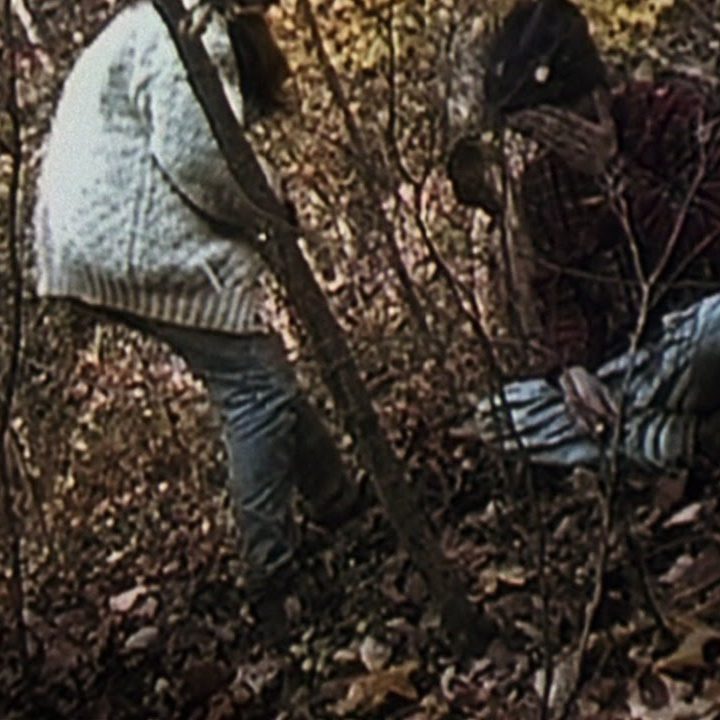
The actors were instructed to stay in character at all times, and this took its toll psychologically. Both off-camera and on, the relationship between Donahue and Leonard became increasingly antagonistic.
[rtk_adunit_middle]
Interactions between the two only continued to deteriorate, to the point that most of their arguments ended up being left out of the film for being too vitriolic.
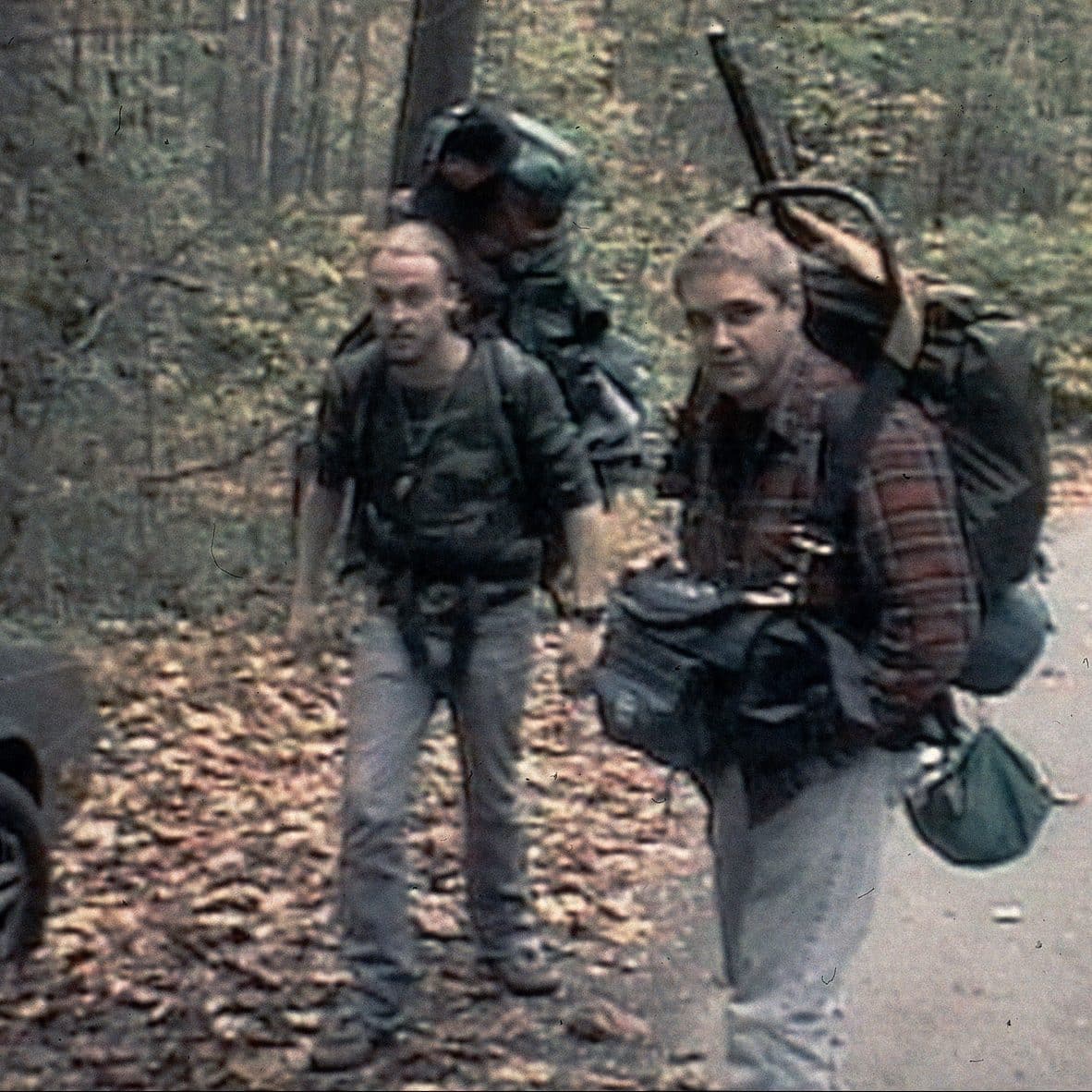
This disconcerting slide made the directors change their plans, leaving Leonard a note instructing him to wait for the others to fall asleep and then leave the camp.
[rtk_adunit_bottom]
Once he had snuck out, Leonard was informed by the directors that his character had died, and the actor was sent home.
15. Those are real teeth
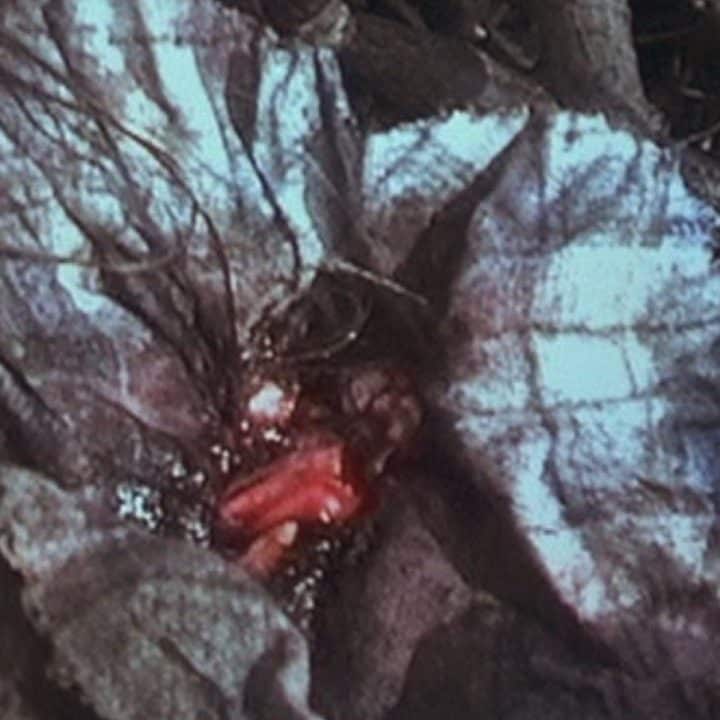
In the only notably gory moment in a film that leave a lot to the imagination, Heather finds some teeth in a bundle of twigs, which we assume are Josh’s.
[rtk_adunit_top]
These are not manufactured movie props, but real human teeth – although happily, not Joshua Leonard’s.

The teeth were supplied by Sánchez’s dentist, which you’d hope would be the strangest request that dentist would have ever received.
[rtk_adunit_middle]
Though the teeth and the blood aren’t Joshua Leonard’s, the hair with which the teeth are bundled was taken from the man himself.
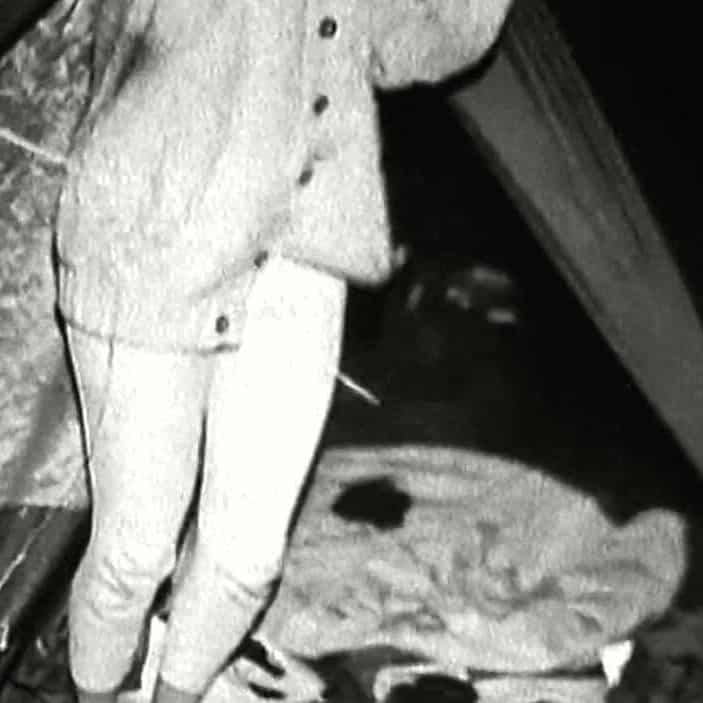
As for the noises of children playing and Josh shouting, these were recordings that were played over speaker systems hidden in the forest.
[rtk_adunit_bottom]
Actor Michael C Williams has said that these were the scariest scenes that he filmed.
14. A scene was filmed showing the Blair Witch, but a camera malfunction cut her out
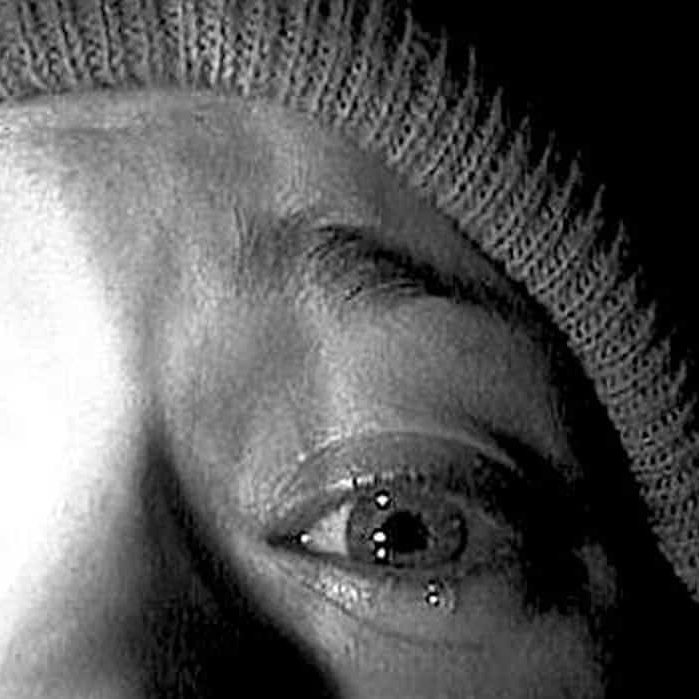
Famously, The Blair Witch Project never actually lets the audience see the supernatural antagonist of the title.
[rtk_adunit_top]
However, this wasn’t always the plan. Originally, the Blair Witch herself was indeed meant to appear in the film.
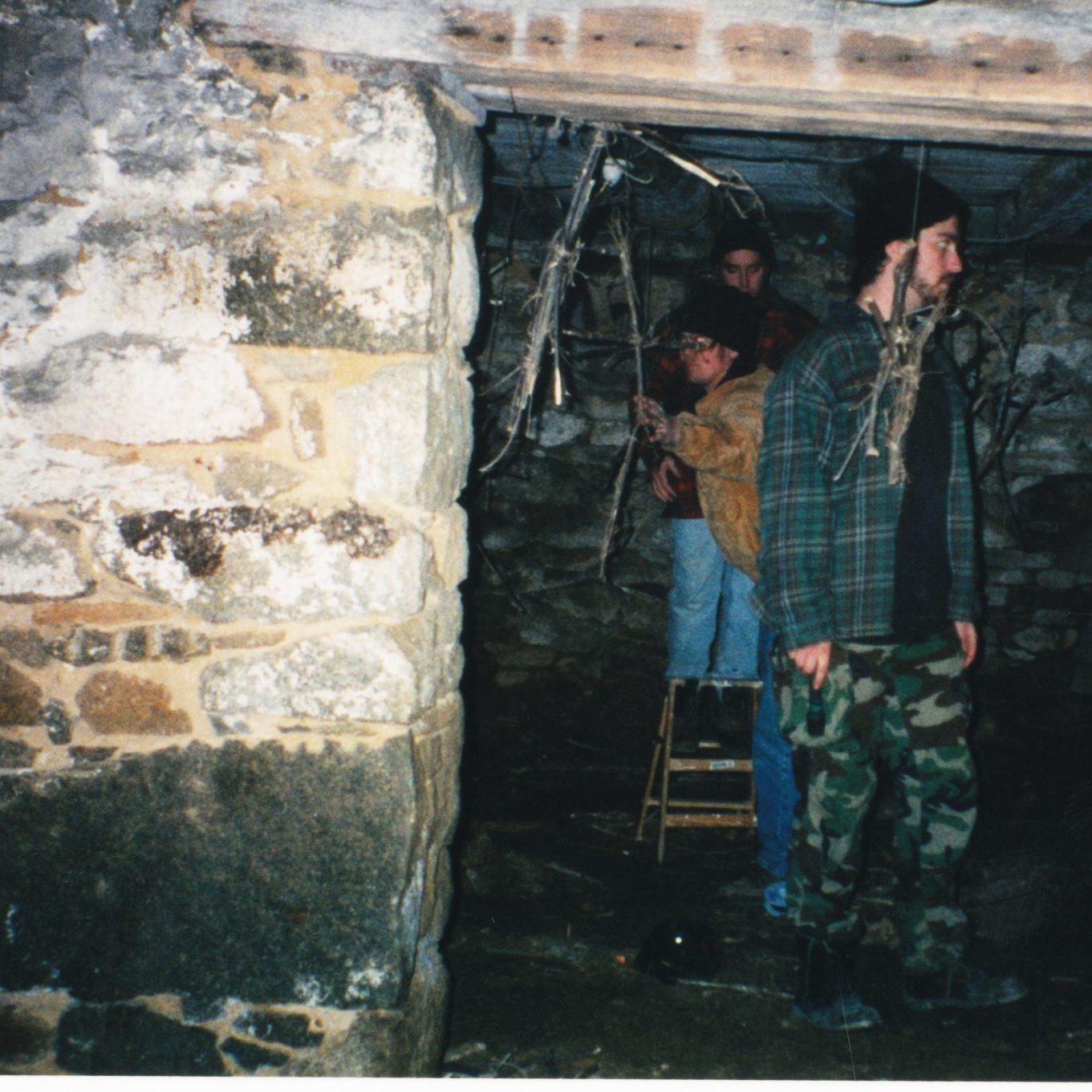
In one scene whilst the characters were running scared through the woods, the camera was meant to pan to a mysterious figure in a white gown in the distance.
[rtk_adunit_middle]
Unfortunately, in the moment the camera didn’t pan across correctly, and they didn’t get the shot as planned.
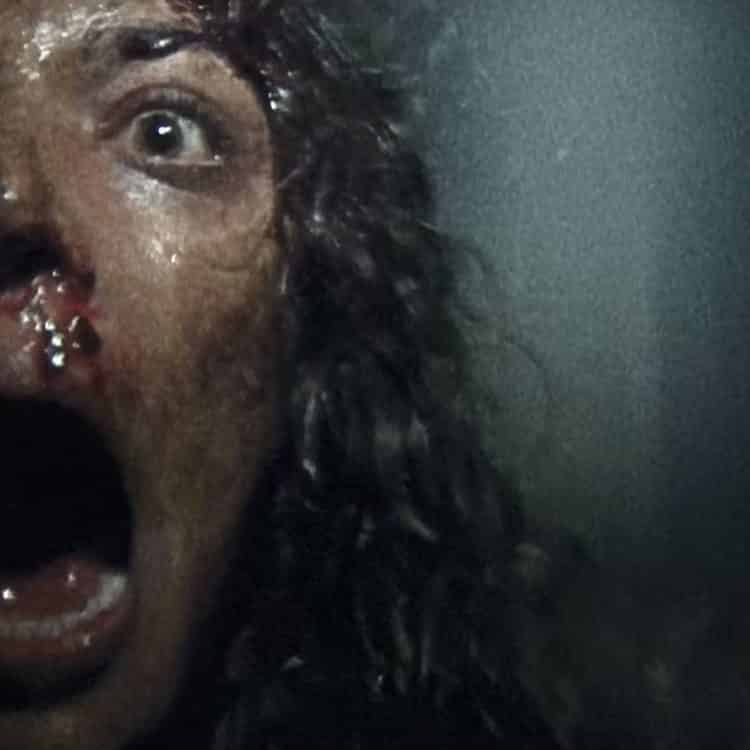
Myrick and Sánchez have since described this as a happy turn of events, as having an unseen omnipotent force was key to the film’s success.
[rtk_adunit_bottom]
The trend of not showing the witch has continued in the sequels, 2000’s Book of Shadows: Blair Witch 2 and 2016’s Blair Witch.
13. The directors deliberately tortured the actors to get better performances out of them
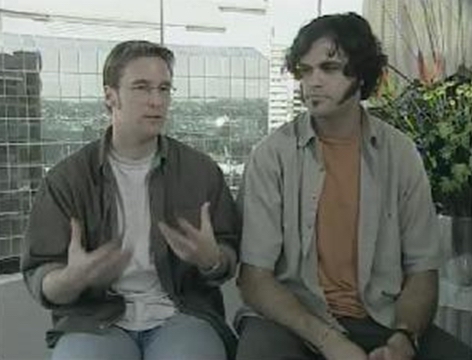
The Blair Witch Project’s producer Gregg Hale served in the US Army after dropping out of college.
[rtk_adunit_top]
When it came time to film the ambitious horror movie, Hale decided to put his memories of brutal army training to good use.
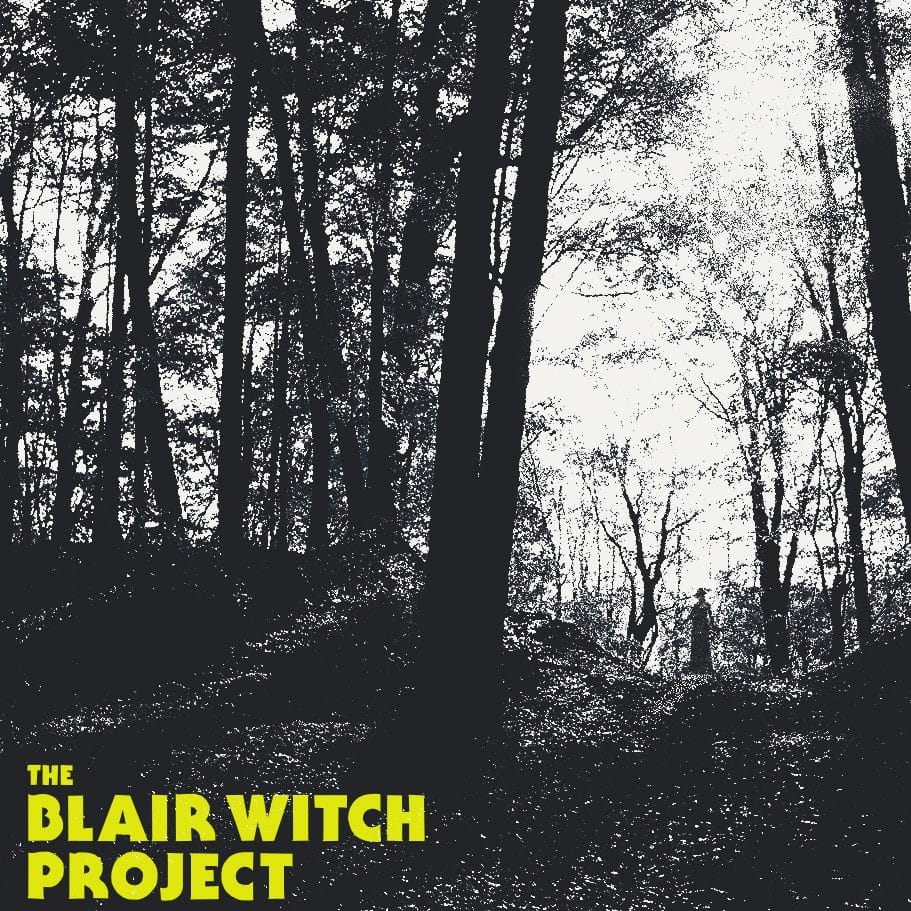
The crew kept in touch with the actors using walkie-talkies, reportedly to ensure they didn’t get lost, though they still got lost three times.
[rtk_adunit_middle]
One day they deliberately directed the actors to take a roundabout route through the woods, so in the scene in which the characters despair at having walked all day only to end up in the same place, their reactions are genuine.
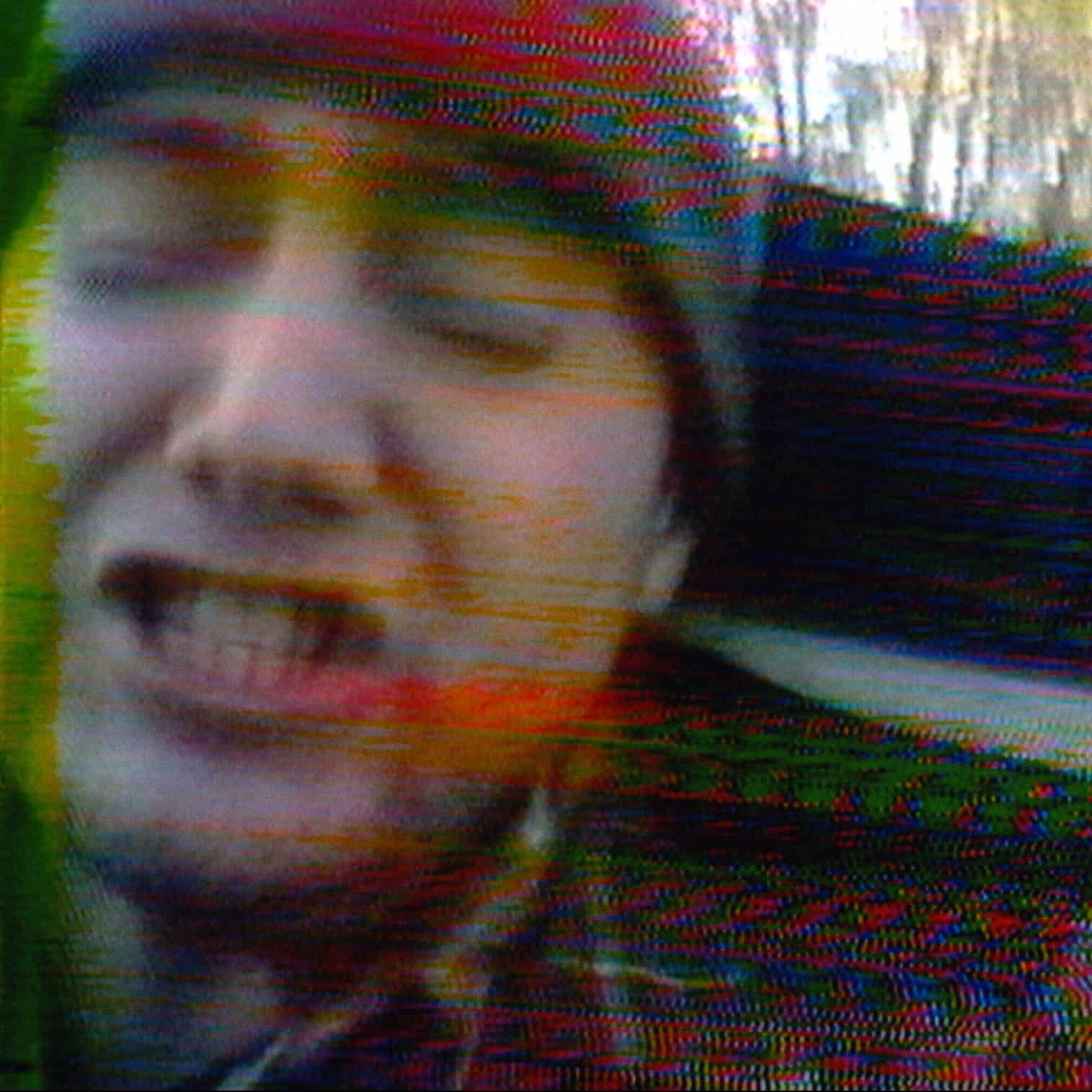
Even worse, to knowingly make the cast irritable and prone to arguing with each other, the crew provided less and less food on each day of the shoot, and resolved not to intervene in any fights that broke out.
[rtk_adunit_bottom]
They would shake their tents at night to deprive them of sleep, and break sticks in the forest around the campsite to increase anxiety, the actors believing something really could be out there.
12. The runes in the house actually spell out the characters’ fates
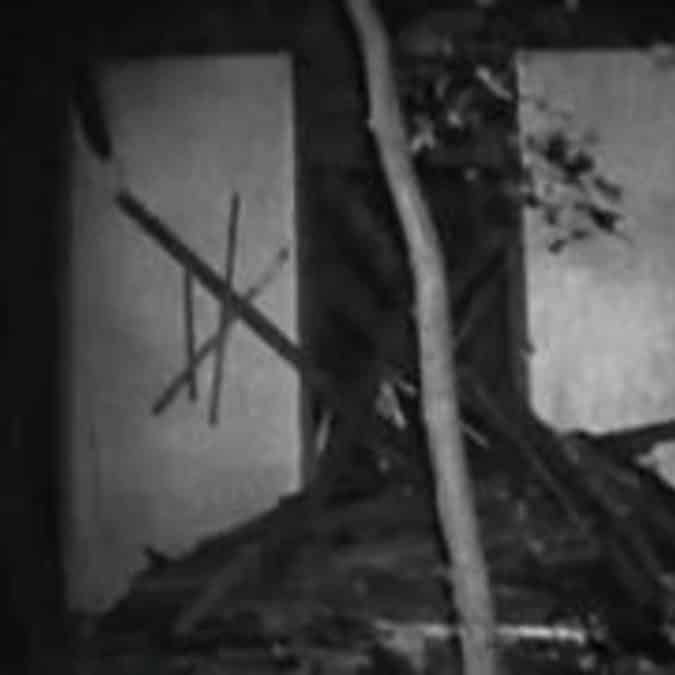
You’d be forgiven for thinking that the runes that Heather finds in the house are meaningless, but there’s actually a lot of method behind them.
[rtk_adunit_top]
For one thing, the lettering is a combination of two ancient alphabets: Hebraic and Futhark.
- Credit: Runologe via Wikimedia Commons
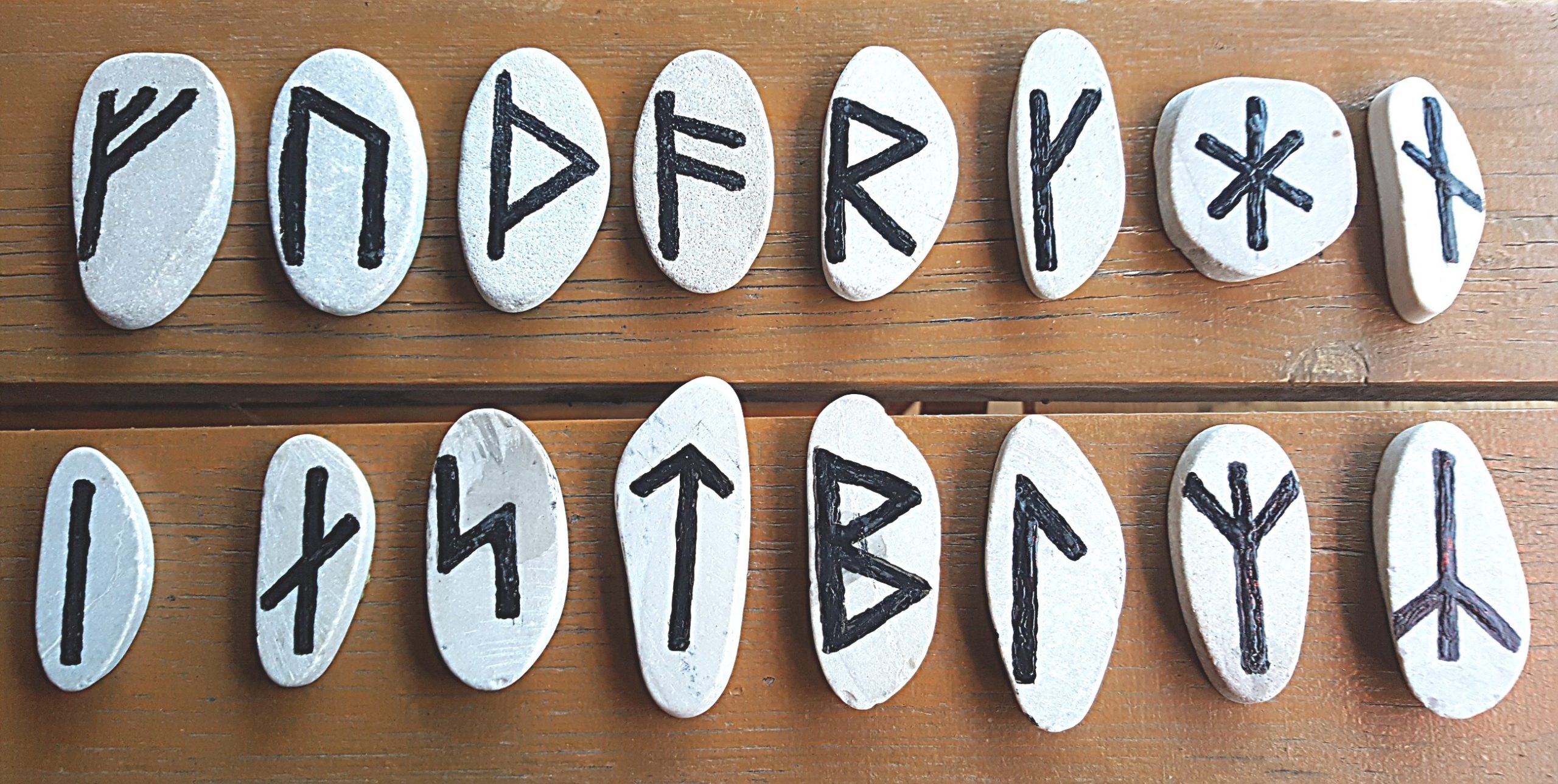
According to a fansite which has attempted a translation, the runes have positive meanings like success, creativity, and wishes granted. Unfortunately for the characters of the film, however, the runes are inverted, implying a dark fate for the one who reads them.
[rtk_adunit_middle]
As for the iconic stick figures, these were inspired by the 1992 book Magical Alphabets by occult author Nigel Pennick.
#ProductionDesigner#BenRock drew inspiration for the #BlairWitch stickmen from the rune man in #NigelPennick’s 1992 book Magical Alphabets. #rune#runes#runeman#folklore#magicalalphabets#thebairwithproject#CinemaofCruelty#podcasthttps://t.co/OUXEjcKd1Kpic.twitter.com/vHnnG0lY14
— Cinema of Cruelty (@CinemaofCruelty) March 12, 2021
Production designer Ben Rook explains, “To me the Stickman was a totem, and it was a threat.”
[rtk_adunit_bottom]
“It was a way for a primitive mind to say, ‘We’re watching you.’ It could have represented the filmmakers themselves even.”
11. Heather Donahue wound up quitting acting to become a marijuana farmer
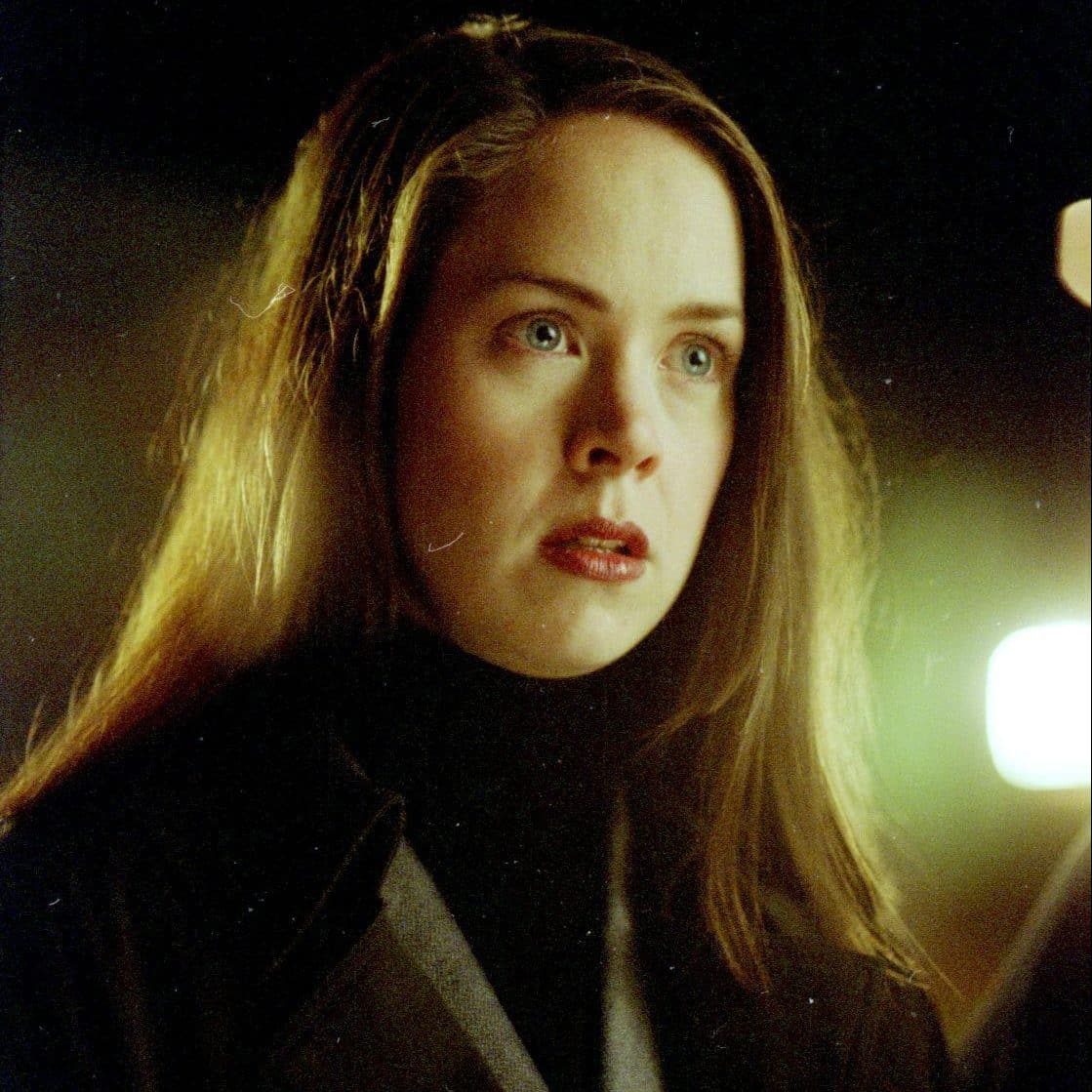
Part of the strength of The Blair Witch Project was that its trio of actors were totally unknown. Since the release of the film, the cast and crew have kept a similarly low profile.
[rtk_adunit_top]
Part of this was intentional, but Donahue has also described how her participation in the production initially hurt her career, led to threatening encounters, and made it difficult to find employment.
About to embark on a #texasfrightmare#havemercypic.twitter.com/xrYTAOPgOb
— Heather Donahue (@aheatherdonahue) May 2, 2014
Donahue said in 2016 that her association with the film “has informed my entire adult life. I don’t know my life without it, you know what I mean?”
[rtk_adunit_middle]
By 2008, Donahue decided to retire from acting and moved into an altogether different line of work: farming marijuana.

This was the subject of Donahue’s 2012 non-fiction book Growgirl, chronicling her personal experiences from this career change.
[rtk_adunit_bottom]
Donahue returned to the entertainment business in 2016 to write and producer The High Country, a sitcom based on her life experiences, but this did not get off the ground.
10. The film’s promotional campaign claimed the actors were either missing or deceased

The Blair Witch Project did its best to blur the line between fact and fiction, causing debate online as to whether it was a work of fiction or a real-life documentary, with some viewers still believing that the Blair Witch is real even to this day.
[rtk_adunit_top]
To fan these flames of belief, the team behind the film orchestrated a marketing campaign in which it was actually claimed that the three actors had gone missing.
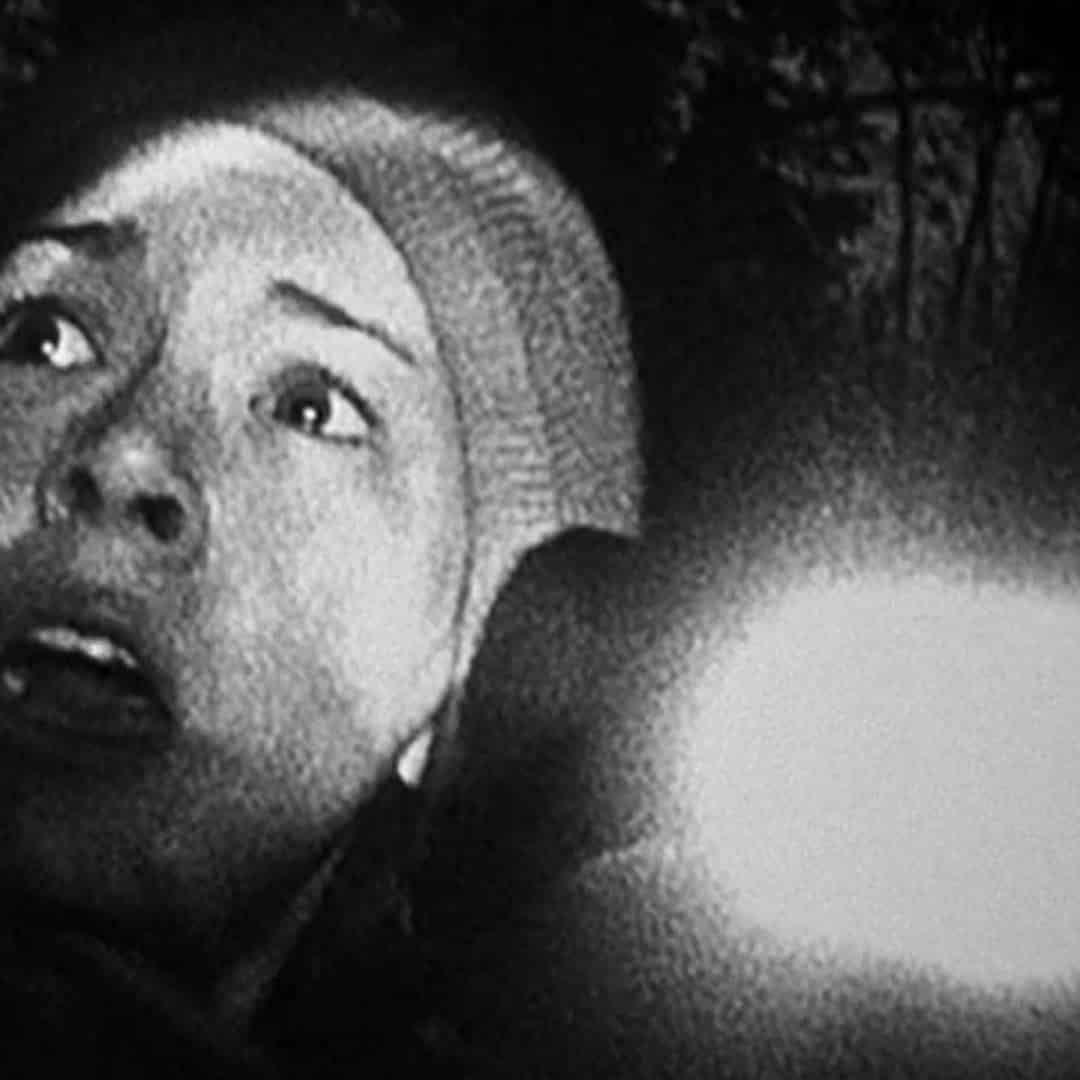
The film itself had originally included several interviews – faked, of course – with local law enforcement and residents concerning the aftermath of the trio’s disappearance, though Myrick and Sánchez ultimately found the footage too contrived and removed it.
[rtk_adunit_middle]
These interviews, however, ended up being used to promote the film, adding an extra layer of authenticity to the premiere of the film, at least for those who had failed to read the small print.
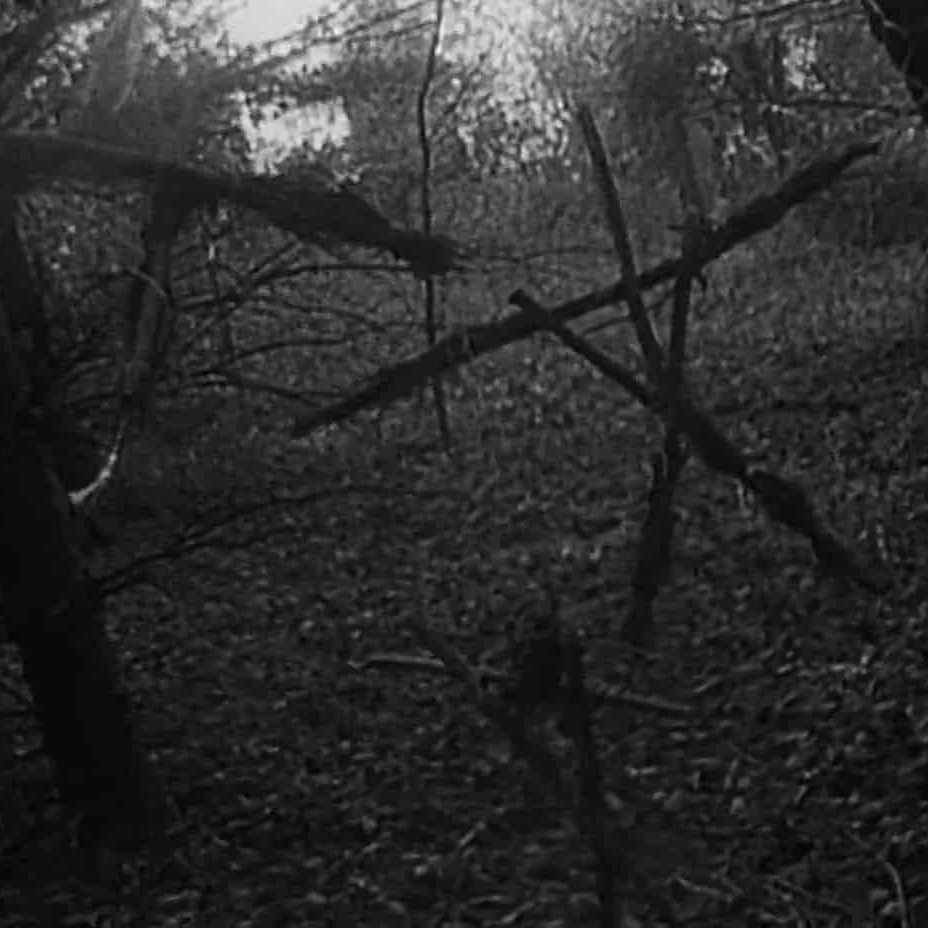
Heather Donahue, Michael C Williams, and Josh Leonard, were all listed as either missing or deceased on IMDB to further corroborate the rumours that Myrick and Sánchez had intentionally started.
[rtk_adunit_bottom]
As proof of the success of the promotional campaign, Heather Donahue’s mother even received sympathy cards from concerned members of the public, offering their condolences for her lost daughter.
9. The film’s promotional ‘missing person’ posters were taken down following a real kidnapping

When The Blair Witch Project premiered at the Sundance Film Festival, the filmmakers promoted the movie with fake missing person posters.
[rtk_adunit_top]
However, on the first day of the film’s run in Salt Lake City, the team discovered that all of their posters had been taken down.
- Credit: Travis Wise via Wikimedia Commons
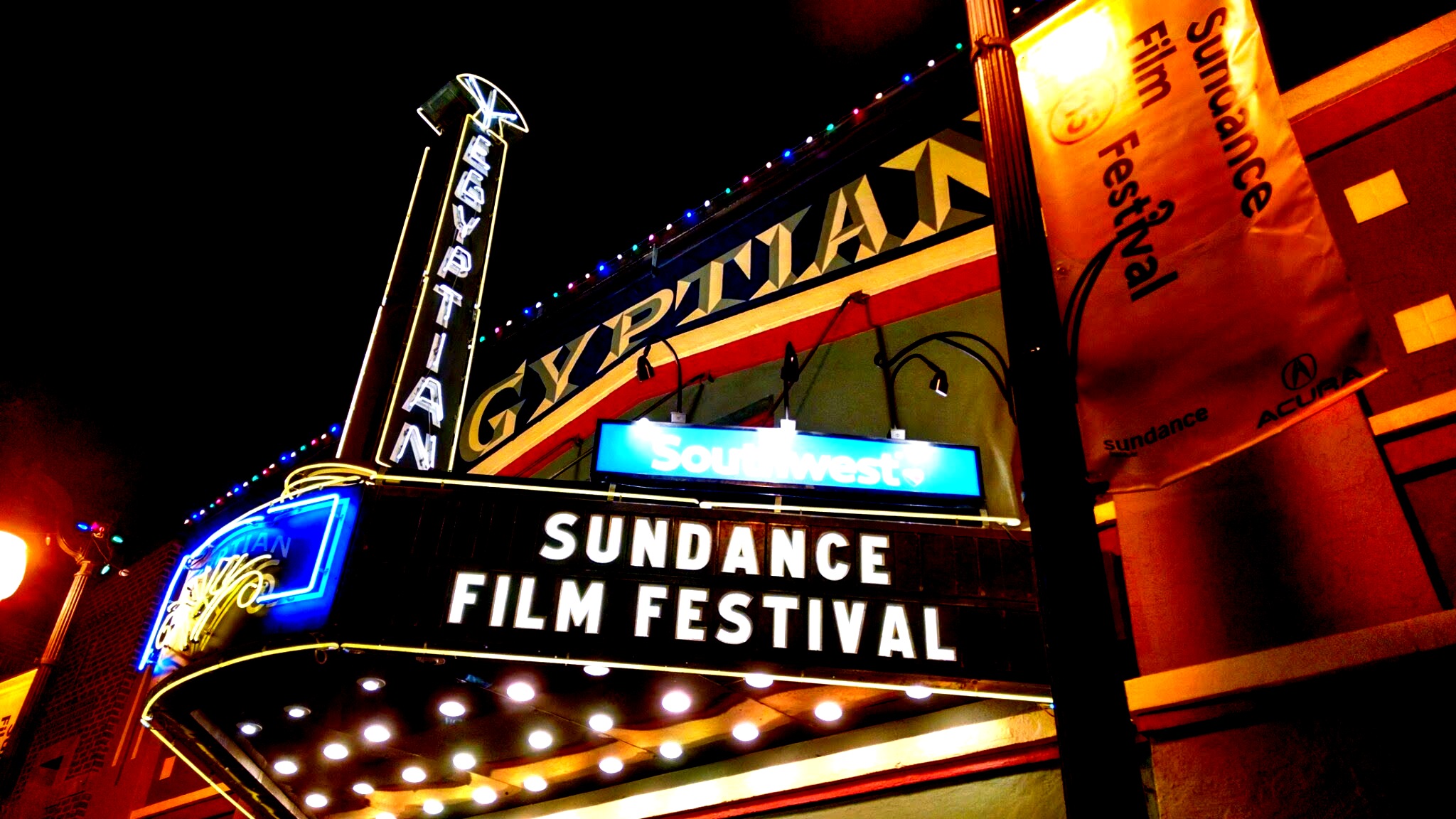
They later found out that a TV executive had been recently been kidnapped and the posters had been removed out of respect. Thankfully he was safely returned in the end.
[rtk_adunit_middle]
Naturally, those at the world premiere festival screening had no idea whether The Blair Witch Project was fact or fiction.
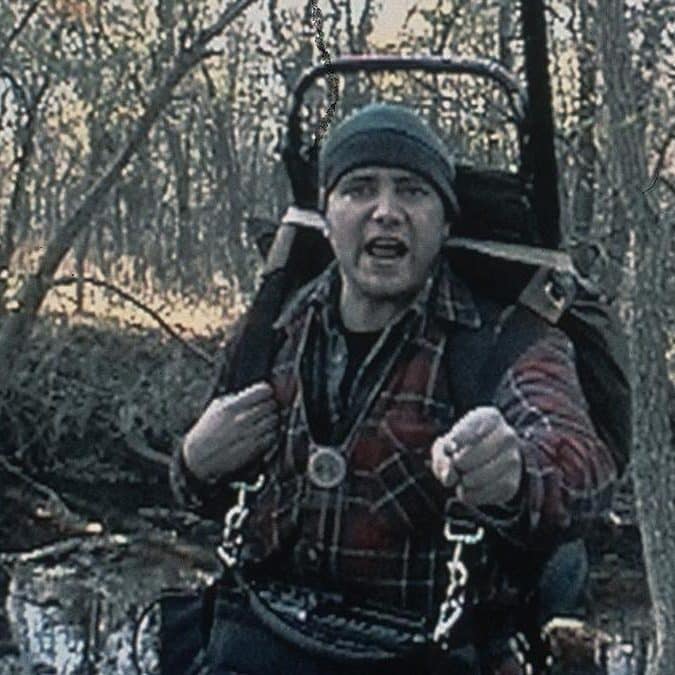
As Myrick has said, “At Sundance, there wasn’t a lot of huge press on it. People hadn’t read about it beforehand, but they had heard about it, and they were really relieved when they saw the actors walk on stage after the movie.
[rtk_adunit_bottom]
As a result of the film’s success at the festival, it was picked up by Artisan Entertainment, who bought the distribution rights for $1.1 million.
8. The film spawned two sequels hardly anyone saw

In spite of the wild success of the original film, no other version of the Blair Witch mythology has yet to capture the same level of critical adoration and commercial success.
[rtk_adunit_top]
A sequel was almost immediately green-lit, though it would drastically alter the direction of what was now to become a franchise.
Joe Berlinger, previously a documentary filmmaker, was hired to make what became Book of Shadows: Blair Witch 2, a meta-sequel which ditches the found footage approach, and centres on a group of fans of the original movie who venture into the Burkittsville woods themselves.
[rtk_adunit_middle]
A troubled production which saw Berlinger frequently at loggerheads with the studio, Book of Shadows wound up a flop, and killed the franchise for the next 16 years.
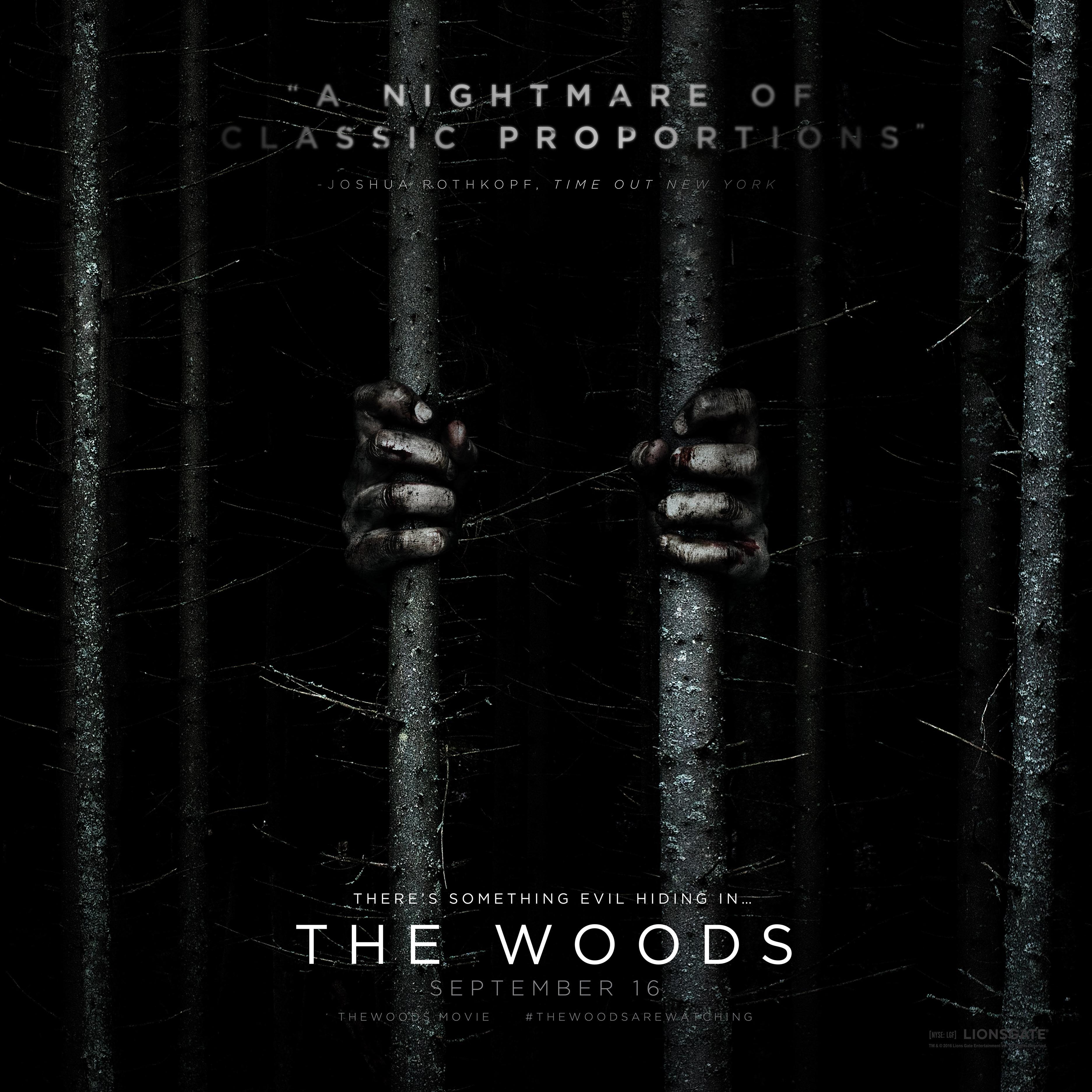
Then in 2016, a new horror movie from director Adam Wingard was announced under the title The Woods – but closer to the film’s release, it was revealed that it was in fact a stealth sequel to The Blair Witch Project, entitled simply Blair Witch.
[rtk_adunit_bottom]
The film was not very well received by critics or audiences, and wound up flopping at the box office with takings of only $45 million (still a reasonable return, given it cost only $5 million to make).
7. The Blair Witch was based on a real 16th century figure
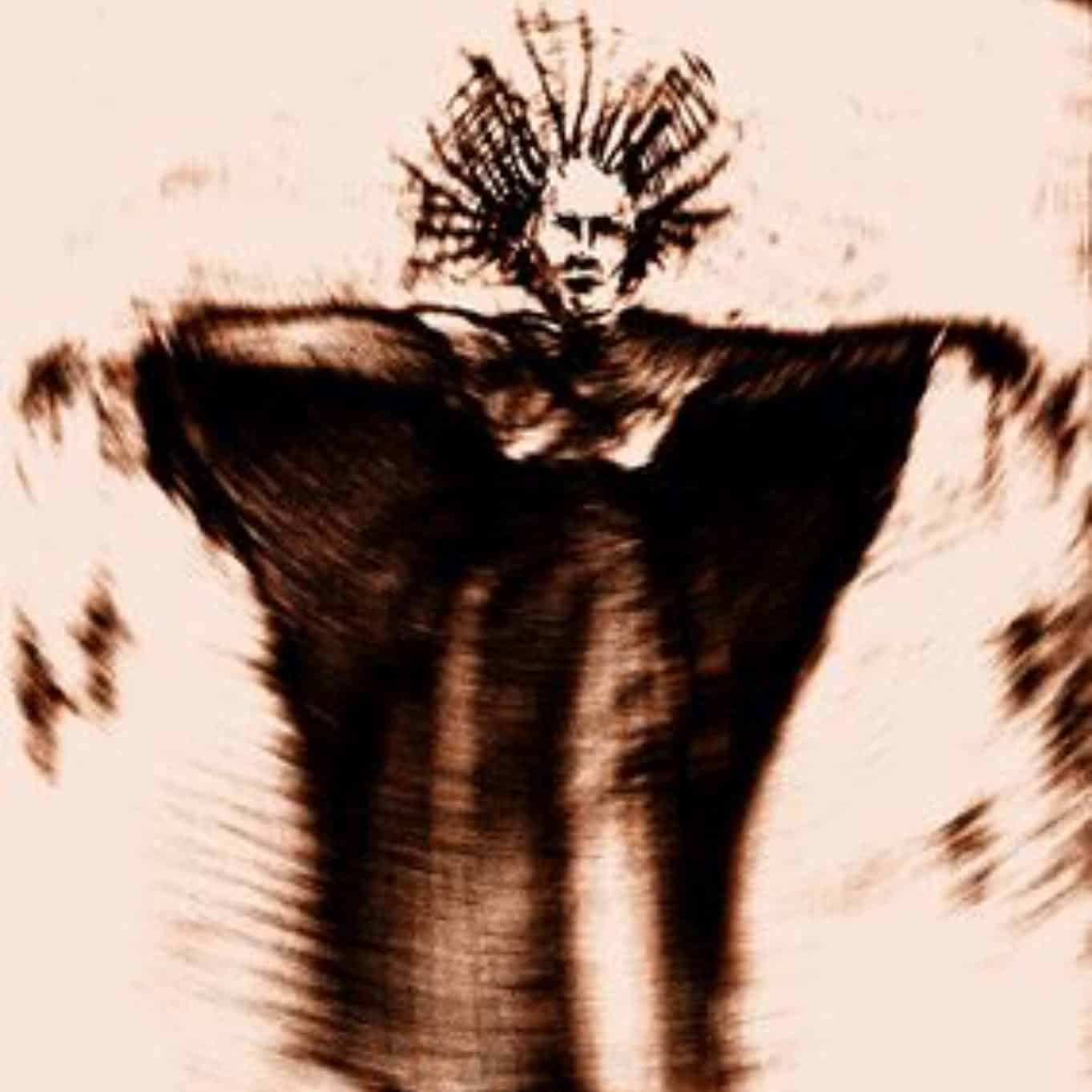
Myrick and Sánchez really did do their homework when creating the Blair Witch mythology, even going so far as to give the witch a name based in historical fact.
[rtk_adunit_top]
The Blair Witch is also known as Elly Kedward, a name that is thought to be closely modelled on a genuine historical figure.
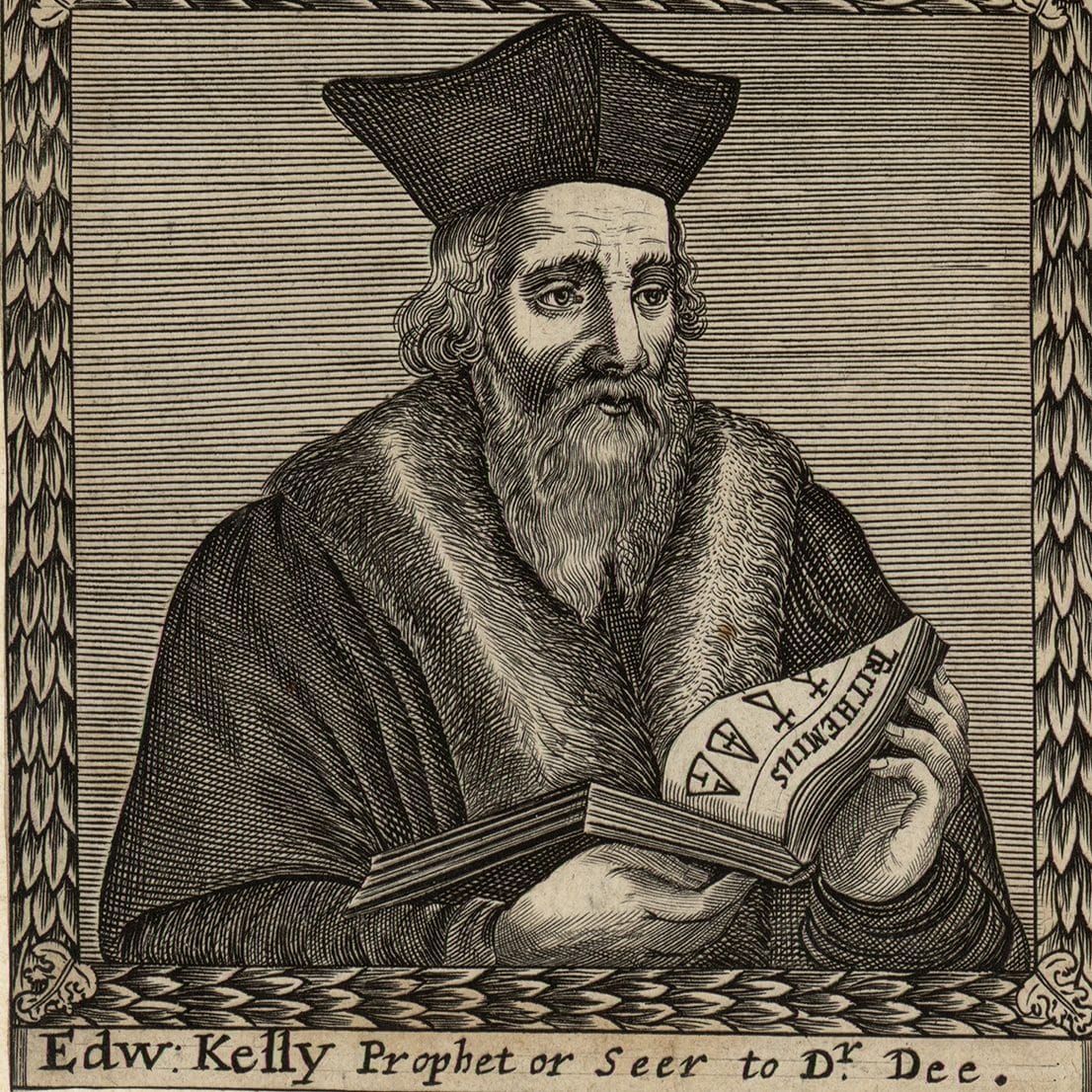
Elly Kedward is likely to be an inversion of the name of the real-life occultist Edward Kelley, who was active in Renaissance England.
[rtk_adunit_middle]
Along with John Dee, an adviser to Queen Elizabeth I, Kelley claimed he was able to summon angels in mirrors and transmute base metals into gold; he claimed even to possess the Philosopher’s Stone itself.
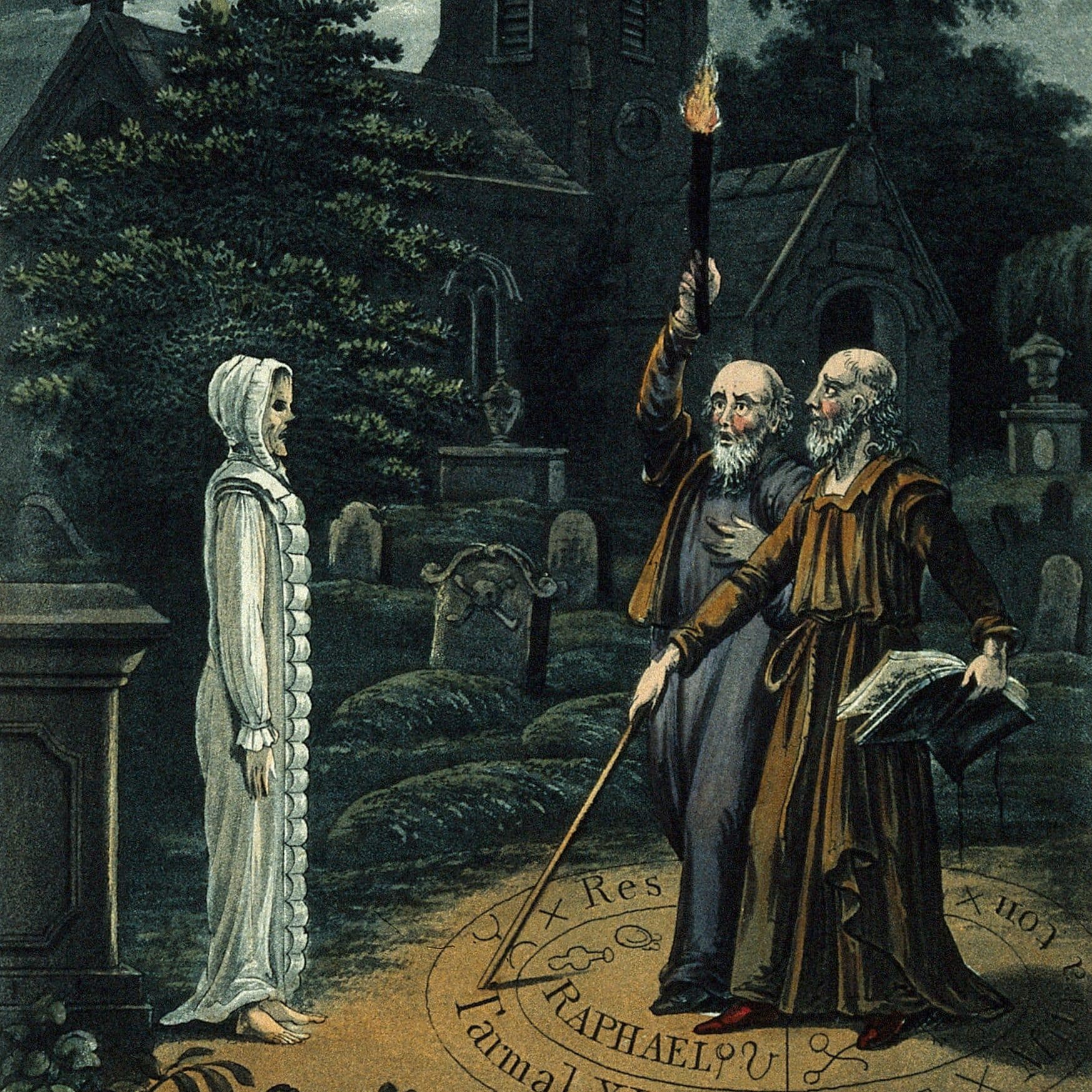
While it’s never been directly stated why Edward Kelley was used for The Blair Witch Project, it’s likely to do with the runic language of Enochian that he invented (or, depending on how charitable you are, received from angelic beings).
[rtk_adunit_bottom]
This language, which Kelly and Dee supposedly used to communicate with divine beings, is similar to the runes that appear in the film.
6. Burkittsville is a real place (and its sign keeps getting stolen as a trophy)
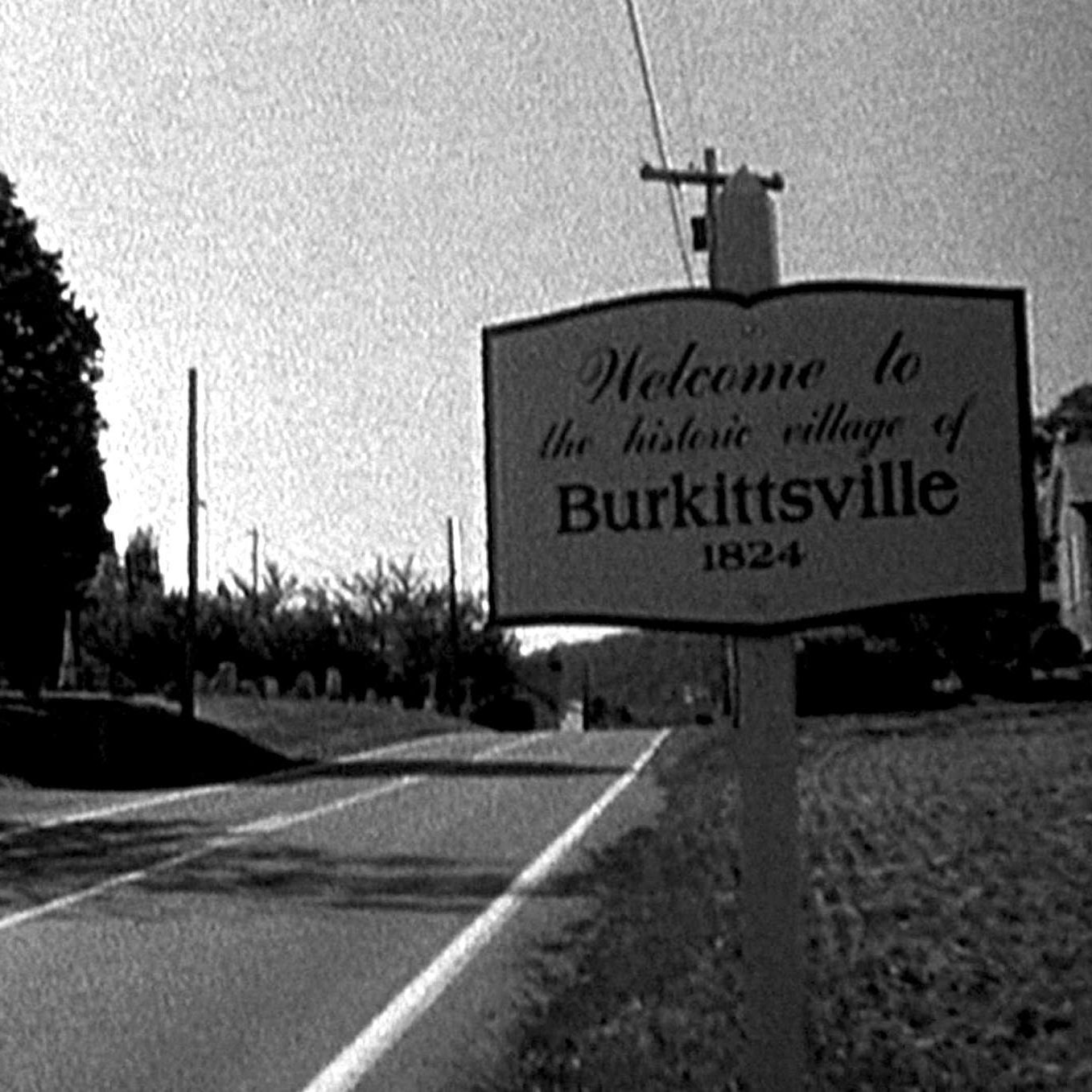
Unlike many other entries into the horror genre, which typically invent a spooky Americana village, The Blair Witch Project keeps up its illusion of authenticity by setting the events of the film in a real place: Burkittsville, Maryland.
[rtk_adunit_top]
The town, first settled between 1700 and 1715, has a lot of Civil War history, but these days it’s more strongly associated with the horror film franchise into which it was unknowingly inducted.
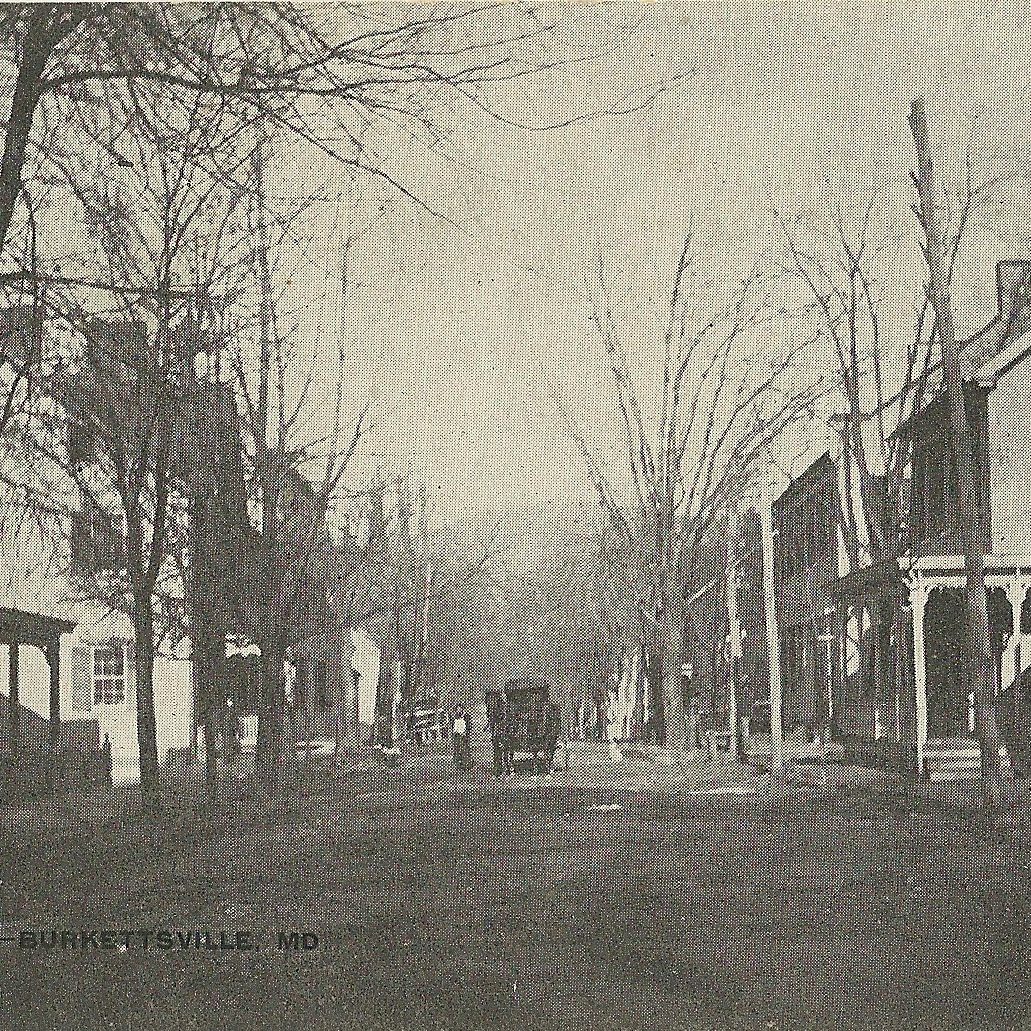
The sign for the town appears briefly towards the beginning of the film, featuring a Gothic styling of cursive script on a black background.
[rtk_adunit_middle]
Unfortunately for the town, as the film rapidly gained notoriety, this sign became a desirable item and has frequently been stolen. Thieves pilfered the sign on the opening night of The Blair Witch Project.
- Credit: fauxto_digit via Wikimedia Commons
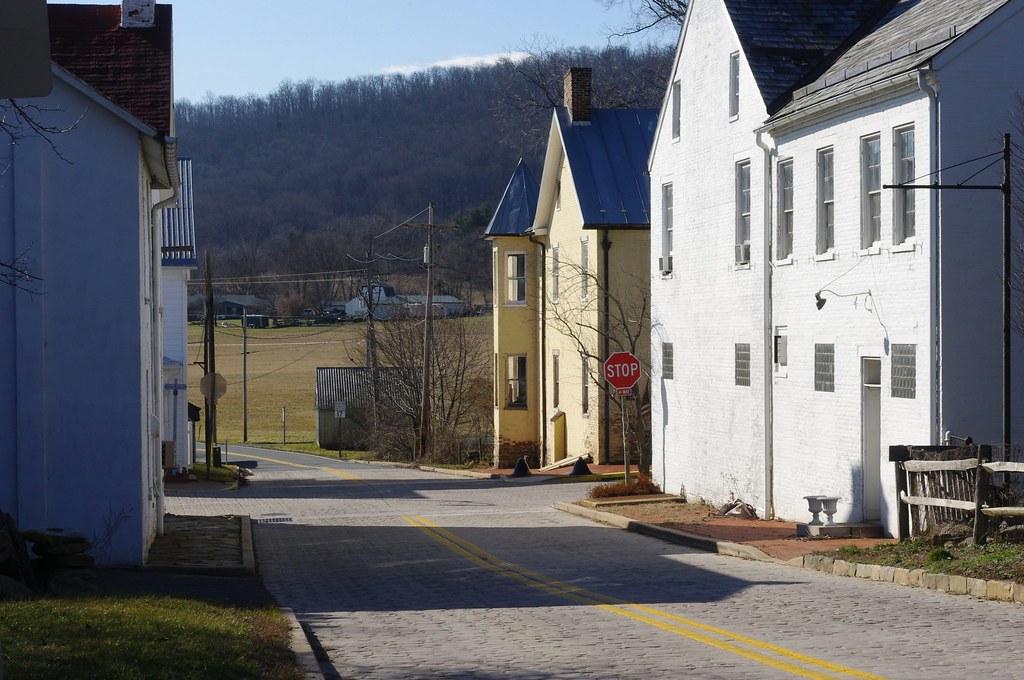
The town mayor reinforced police presence around the release of the second film, Book of Shadows, and the local cinema boycotted the film. The sign was also redesigned. Alas, none of this has deterred fans from continuing to steal it over the years.
[rtk_adunit_bottom]
Ironically, Burkittsville is not even the location in which The Blair Witch Project was filmed. That honour belongs to Seneca Street State Park, almost 40 kilometres away.
5. The film was inspired by some real-life paranormal tales
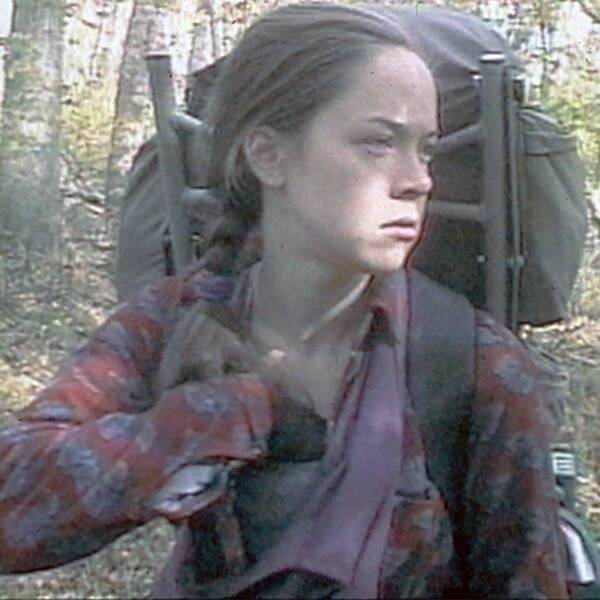
Myrick and Sánchez started developing The Blair Witch Project whilst studying film at the University of Central Florida in 1993.
[rtk_adunit_top]
The inspiration for the movie came after the friends realised that they found real-life documentaries on paranormal phenomena much scarier than horror movies.
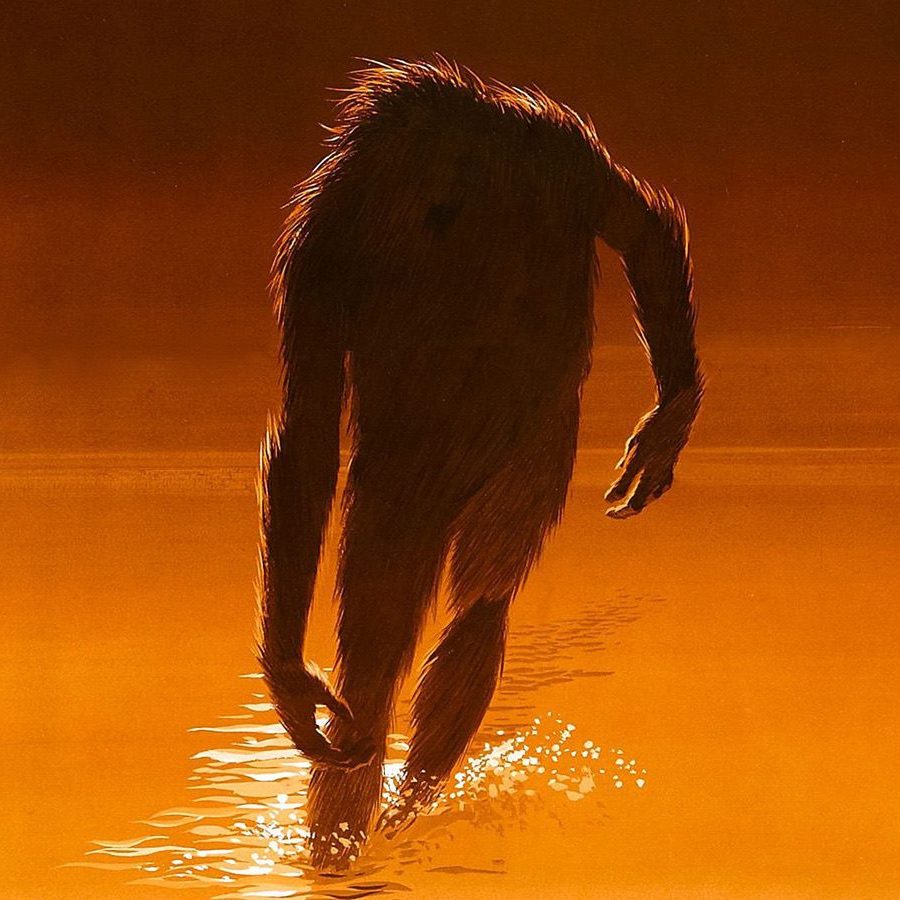
“We started comparing films that had scared us when we were little kids, and they were all kind of the same films,” says Sánchez in an interview with Filmmaker Magazine. “The Legend of Boggy Creek, the television show In Search Of… I was really into UFOs and stuff like that when I was younger.”
[rtk_adunit_middle]
“The fact that that stuff could be real always freaked me out. And I find films like The Shining and The Exorcist, which play on psychological fears, really terrifying. So we asked ourselves, how can we really scare people psychologically, and yet work within our budget, which was minuscule?”
- Credit: Chris M Morris via Flickr

A lot of urban legends from Florida helped form the basis of the Blair Witch mythos.
[rtk_adunit_bottom]
Such lurid tales include the legend of Bloody Bucket Bridge and the tale of a haunted tree in Oak Hammock Park, Port St Lucie’s.
4. Bruce Willis predicted the film (and the entire found footage genre)
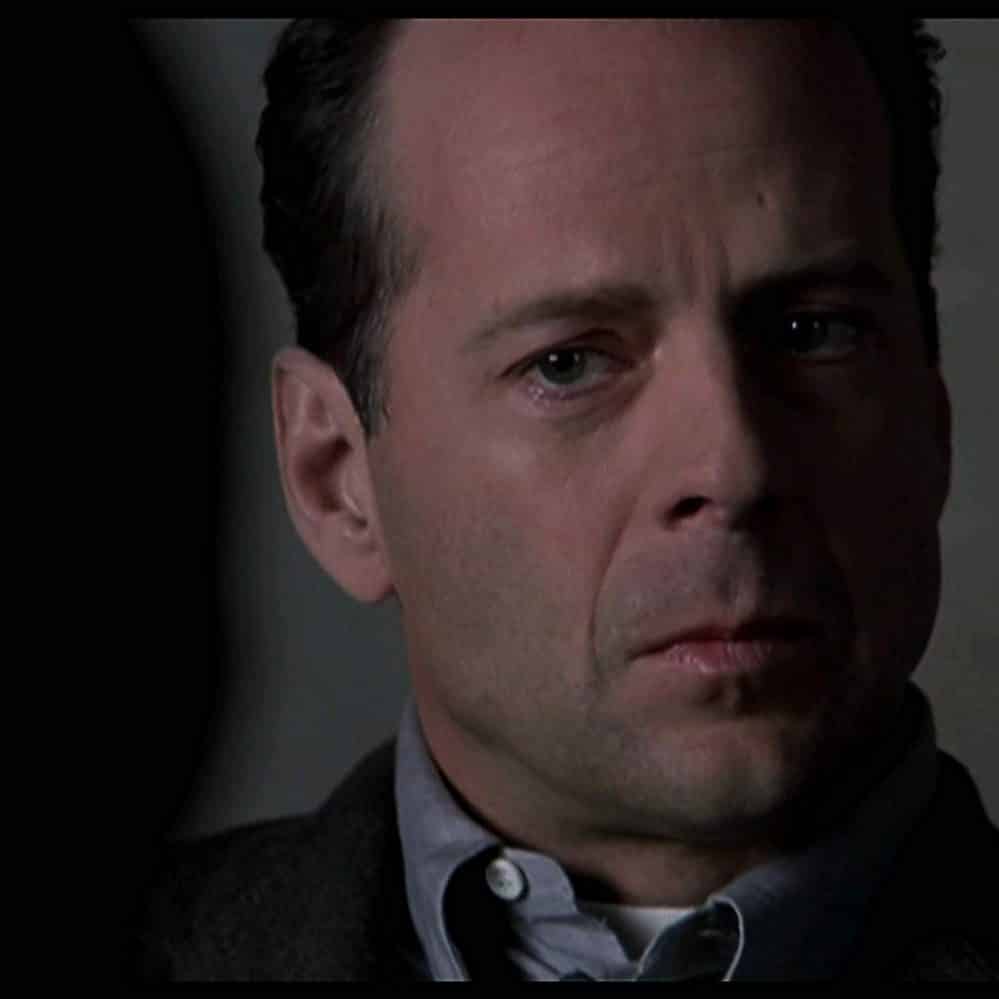
You might want to take this with a grain of salt, but legend has it that Bruce Willis predicted the success of The Blair Witch Project five years before its release, and in amazing detail.
[rtk_adunit_top]
Working on the set of Pulp Fiction (1994) at the time, Willis supposedly picked up a Hi8 video camera and said, “Some day in the next five years someone’s gonna take one of these and make a feature film with it.”
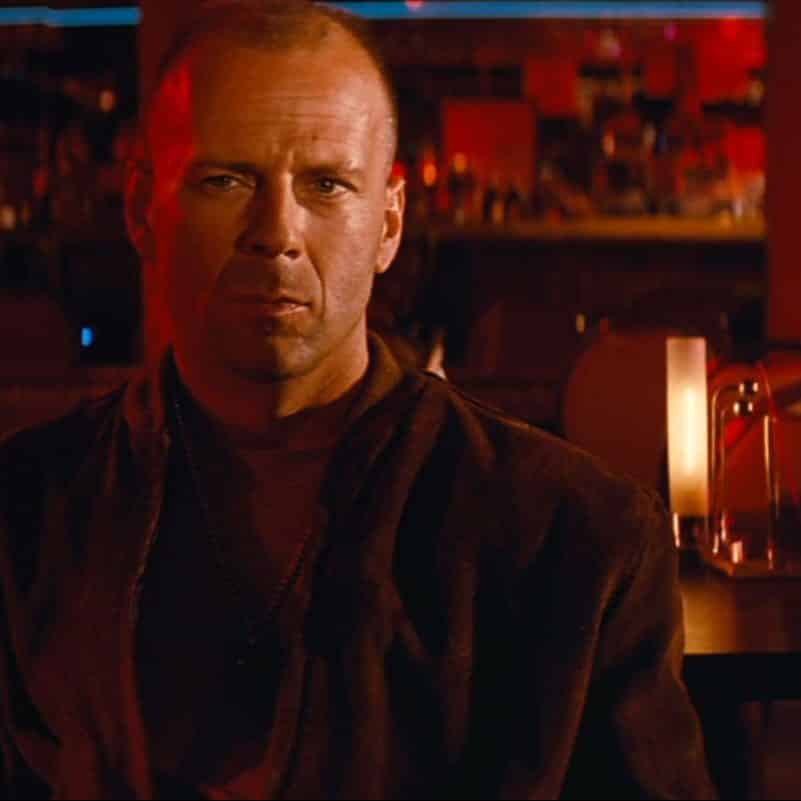
Reportedly Willis even predicted the film in question would cost $60,000, which was indeed The Blair Witch Project’s budget.
[rtk_adunit_middle]
As the story goes, Willis tried to convince director Quentin Tarantino to spearhead the found footage revolution, who presumably declined.
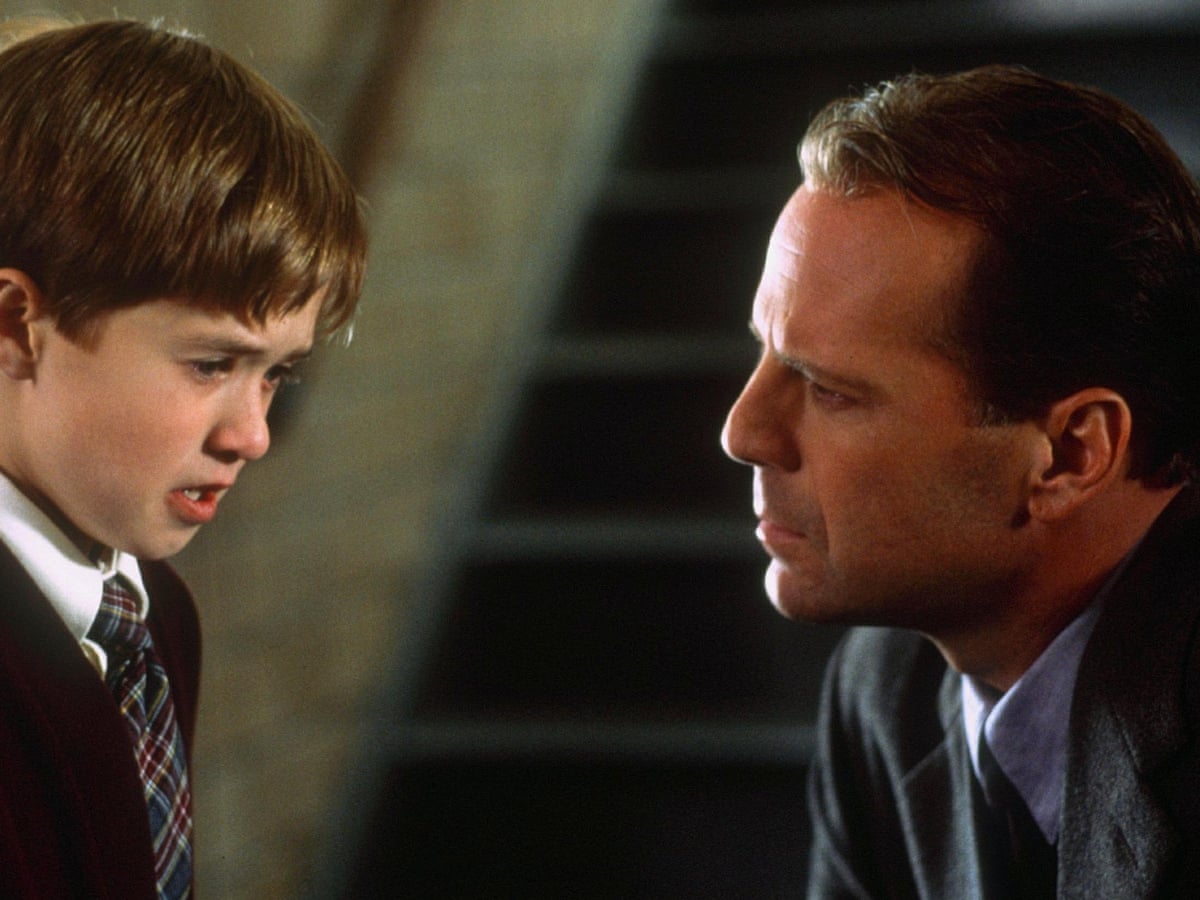
Willis himself had a big horror hit in 1999 with The Sixth Sense, which hit cinemas back to back with The Blair Witch Project.
[rtk_adunit_bottom]
If this story is to be believed, perhaps Bruce Willis has a sixth sense of his own…
3. The film has recently been turned into a video game

It didn’t take long for The Blair Witch Project to make waves in gaming: a trilogy of video games inspired by the film was released in 2000.
[rtk_adunit_top]
More recently, horror game Blair Witch was released for PC and Xbox One in August 2019.
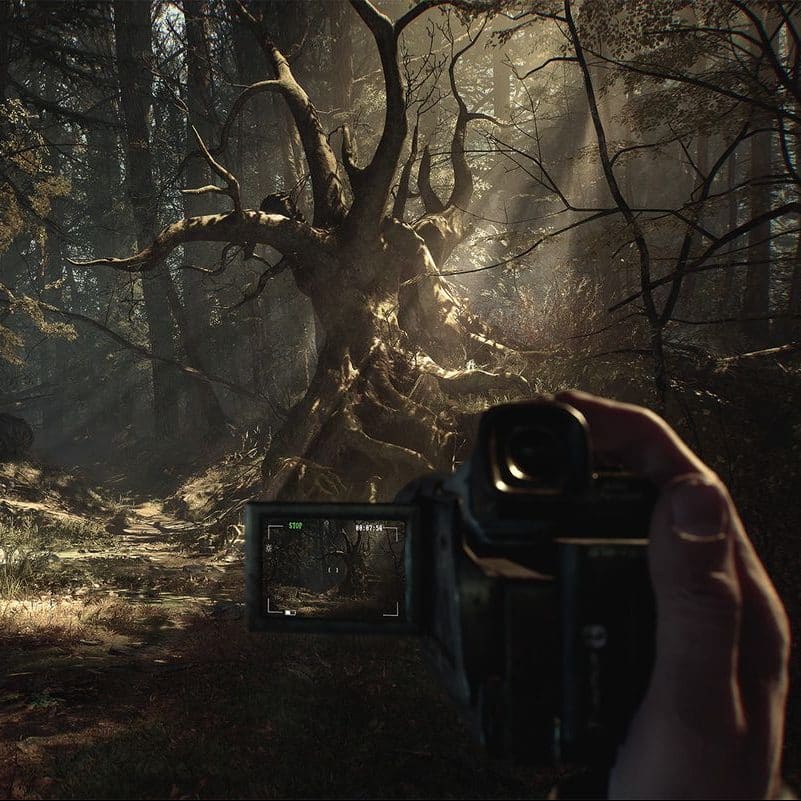
The first-person perspective game is set in 1996, two years after the events that took place as documented in the original film, as former police officer Ellis Lynch attempts to track down a missing child in Black Hills Forest.
[rtk_adunit_middle]
As Lynch, you must explore the forest for clues and abandoned structures, whilst accompanied by a dog named Bullet.
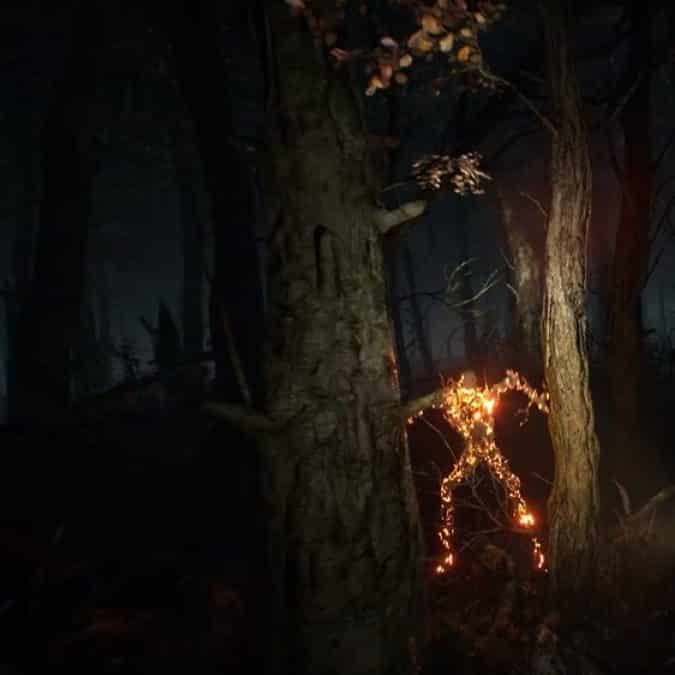
The game takes only six hours to complete, but has four main story endings and a possible secret ending depending on the relationship between you and your dog.
[rtk_adunit_bottom]
Blair Witch received mixed to positive reviews, with critics reserving particular praise for the game’s unsettling atmosphere and sound design, though its difficulty level and predictable plot have come in for criticism.
2. The film was the first to ever go viral
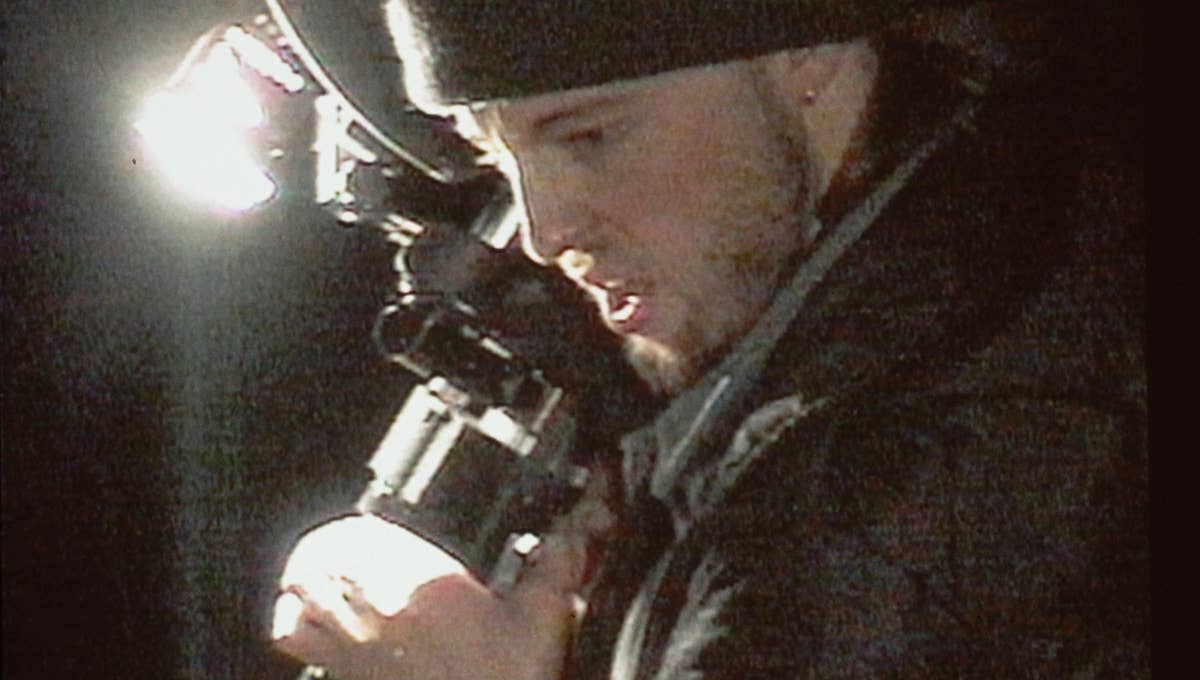
USA Today has claimed that The Blair Witch Project was first film to truly go viral, long before that phrase even entered the popular lexicon.
[rtk_adunit_top]
This is because it was one of the first films to have its own official website as part of its marketing campaign (along with, perhaps surprisingly, Galaxy Quest).
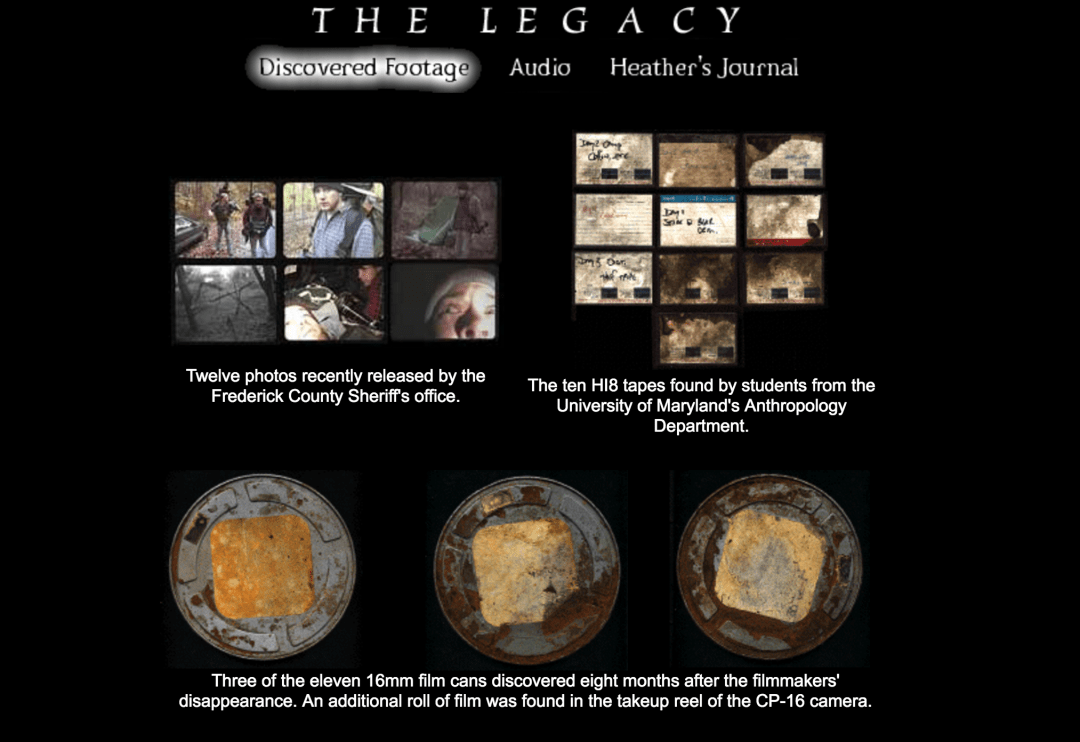
Alongside the TV documentary that Sánchez and Myrick made to promote the film, they also created a website that bolstered the legend of the Blair Witch, with photos and supposed evidence of the film’s truth.
[rtk_adunit_middle]
As a result of this holistic approach, discussion quickly spread on to horror movie forums and fan sites, creating the first viral buzz that feels so native and typical today.
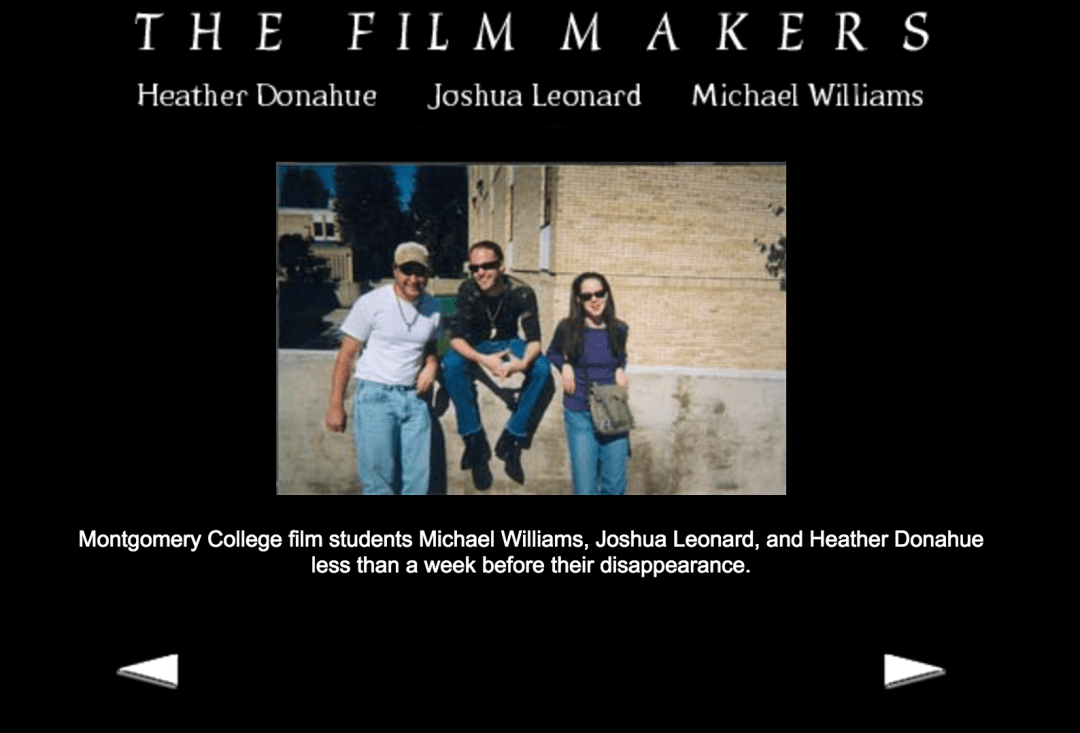
The film, argues Communications professor Paul Levinson, “was a precursor to both reality TV and all kinds of independent films in the ensuing decade and a half. If the movie were made today, they’d probably work into the plot that the (discovered) film had been Kickstarted.”
[rtk_adunit_bottom]
Because of these innovations, legendary film critic Roger Ebert named The Blair Witch Project one of the most influential films of the century – which, coming out as it did in late 1999, is no mean feat.
1. It is now considered to be one of the greatest horror movies of all time

The Blair Witch Project has regularly featured on lists of the greatest horror movies of all time, though it was quite divisive to begin with, and some believe the experience of the film was lessened by the hype surrounding it.
[rtk_adunit_top]
The Chicago Film Critics Association ranked it as Number 12 on their list of Top 100 Scariest Movies, coming in ahead of such classics as 1931’s Frankenstein and 1984’s A Nightmare on Elm Street.

The Hollywood Reporter, on the other hand, ranked it as the third scariest movie of all time, being beaten only by The Texas Chainsaw Massacre (1974) and – in something of a curveball – Michael Haneke’s Funny Games (1997).
[rtk_adunit_middle]
It should come as no surprise, however, that a film that bucked so many trends was not universally beloved. Andrew Sarris of the New York Observer has called the film “overrated.”
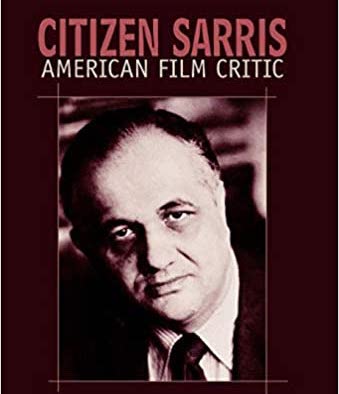
“Daniel Myrick and Eduardo Sánchez’s The Blair Witch Project represents the ultimate triumph of the Sundance scam,” Sarris continues. “Make a heartless home movie, get enough critics to blurb in near unison “scary,” and watch the suckers flock to be fleeced.”
[rtk_adunit_end]

